Every car owner fears picking up dings and damage — and it can seem like it’s an unavoidable hazard.
There are steps you can take to help prevent the threat of a new door ding, a kerbed alloy or a scuffed bumper after a trip to the shop, though. Here are our tips…
Lower kerbside mirror when parallel parking

It doesn’t matter how good you are at parking, one day, you’re bound to kerb a wheel if you parallel park on a regular basis.
That said, it’s an issue that is easily avoidable with a simple little trick. If you’re concerned about dinging your alloys, lower the kerbside mirror as you approach to see exactly where your rear wheel is, allowing you to position yourself close without causing damage.
Park in quieter areas of car parks

Car parks are a haven for attracting door dings and scuffs caused by other careless drivers, but they’re an unavoidable hazard in most cases. If you don’t mind walking a little further to your destination, try parking in quieter areas of a car park — in effect reducing chances of a ding.
If busy, park as central as possible in a bay
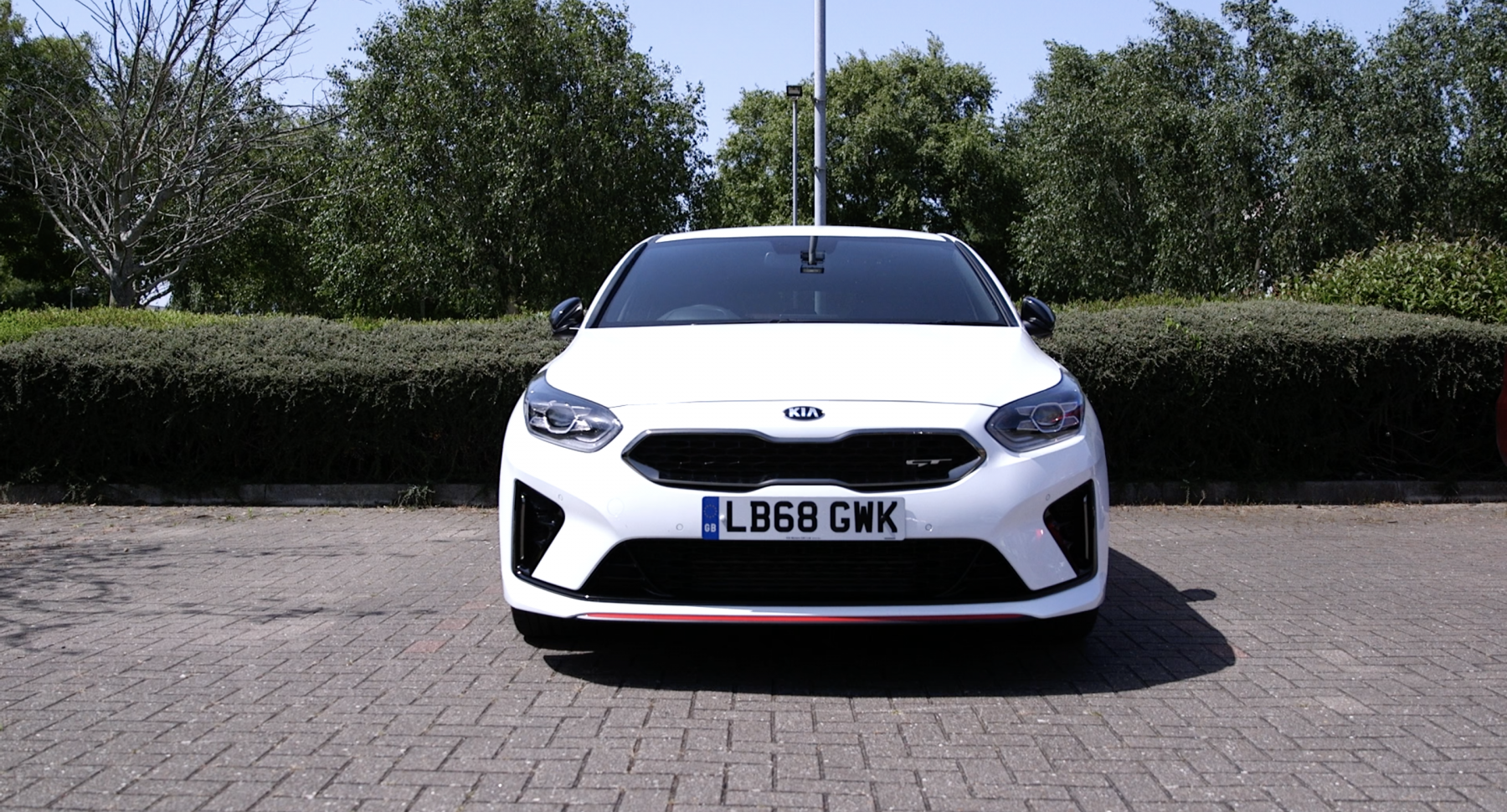
That said, we’ve all been there before — it’s a Saturday afternoon, you’ve forgotten to buy food in for tea and the supermarket car park is full to the brim. There’s no choice but to park in between two cars, and you look over to see the one next to you covered in scuffs and dings, indicating the sign of an owner that isn’t interested in keeping their car pristine.
Parking as central as possible in a bay creates an equal distance to cars either side of yours. It’s not the ideal scenario, but it’s better than laying over to one side of the bay and putting your pride and joy at risk of being knocked by someone in a rusty MPV.
Invest in alloy wheel protectors
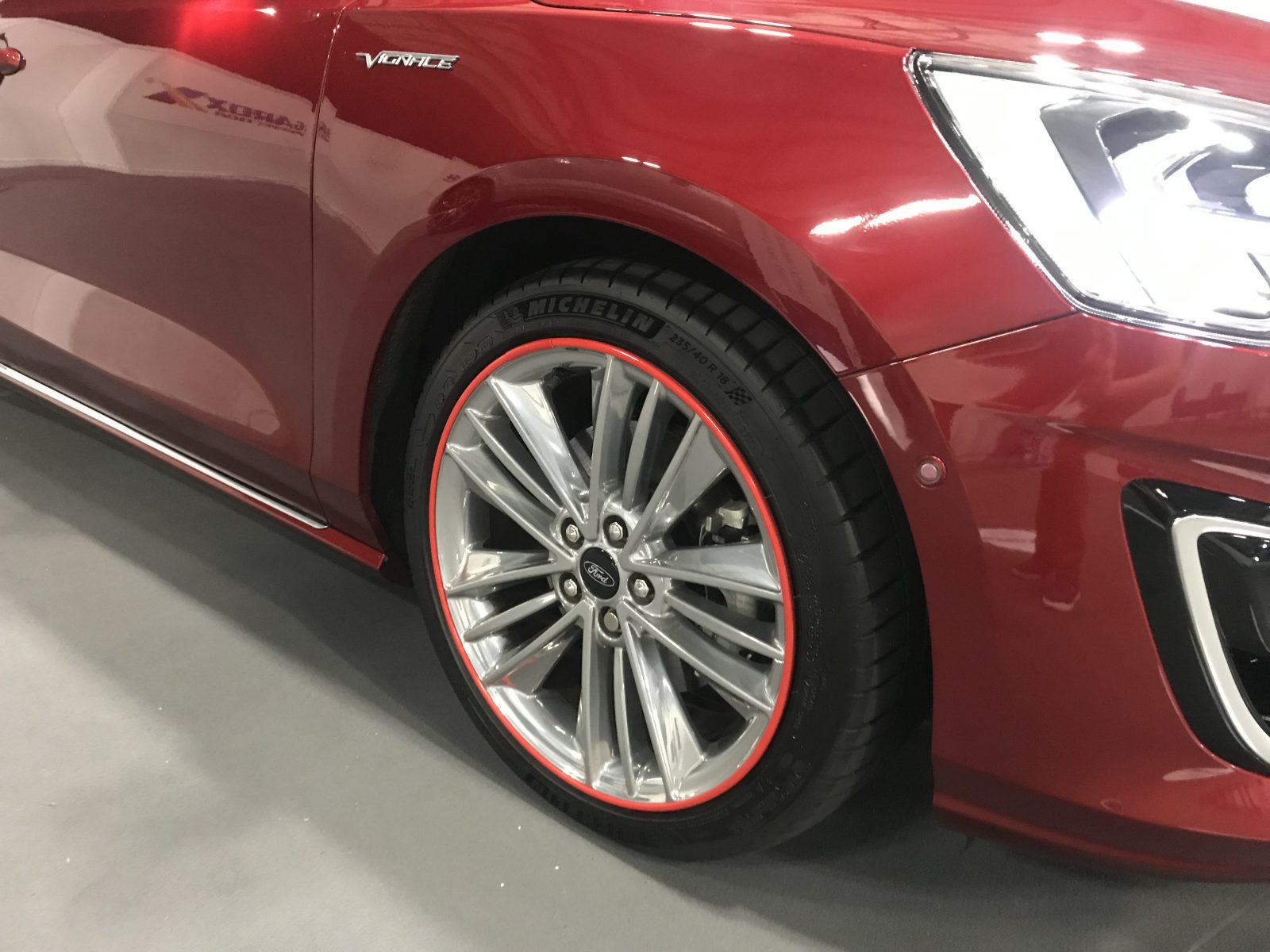
Coming back to kerbing. If lowering your mirrors isn’t enough to cull your fear of damaging your car’s wheels, invest in some alloy wheel protectors. These low-cost covers are easily available and a doddle to apply — adding a protective layer over the rim to prevent the underlying metal being damaged. Think of them like a phone case, only for your alloys.
Open doors carefully
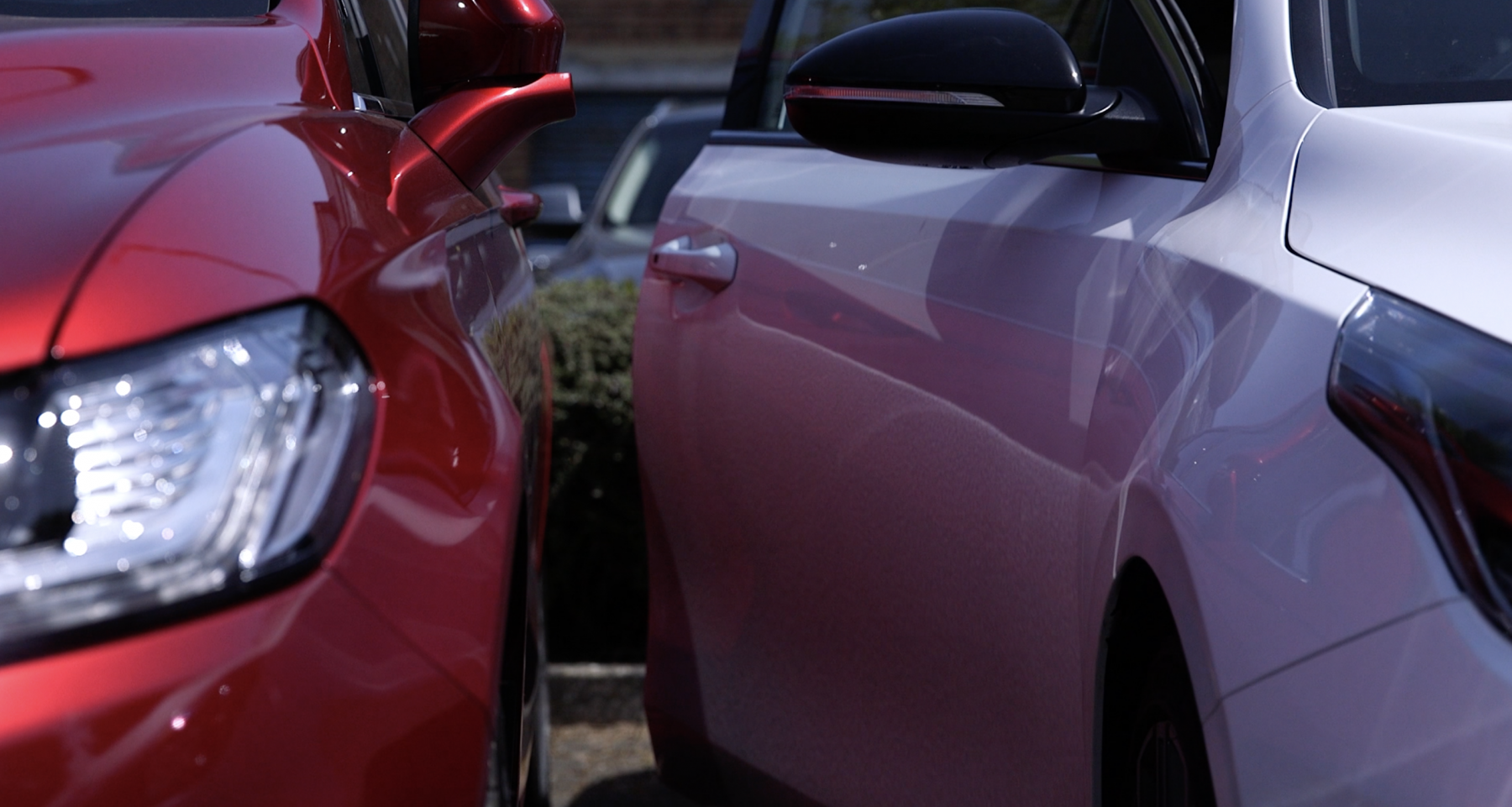
It may be easy to blame other people for dings and damage to your car, but it’s just as possible you could cause them yourself if you’re not careful. One culprit is careless door opening — slamming them into other cars or obstacles nearby. Take an extra moment to gently open them, allowing for better control and not a sudden burst open that may fling them into something nearby. If it’s windy outside, be careful too – a sudden gust of breeze can easily catch an open door and potentially cause it to hit an obstacle.
Fold mirrors in when parked

Wing mirrors are a part of a car that are one of the most susceptible to damage. A passing car could easily knock them while your vehicle is parked up, so it’s always a good idea to take the extra seconds to fold road-side mirrors in once you’ve left your car. Better still, many modern cars come with self-folding mirrors — putting your mind at ease.

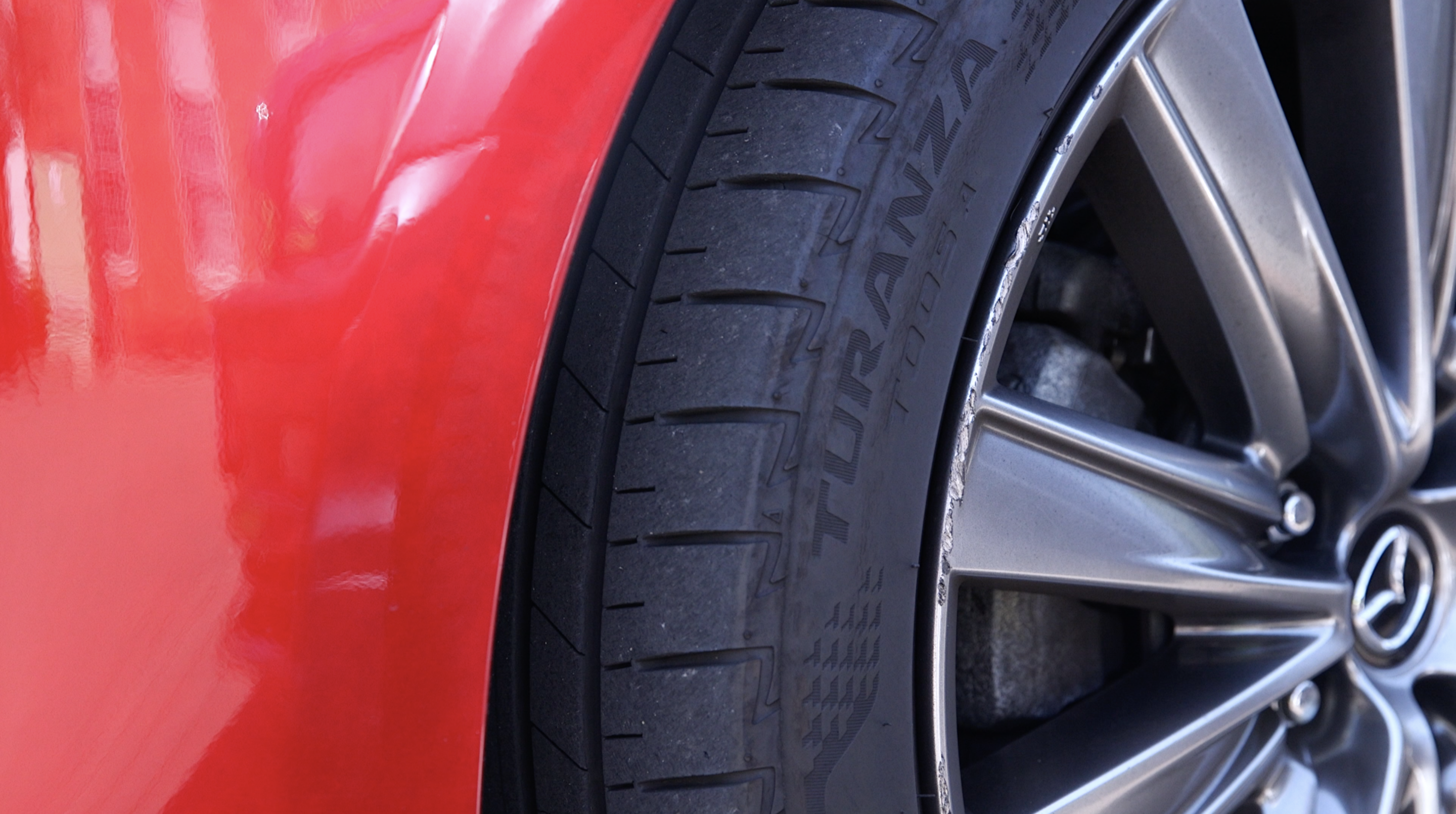


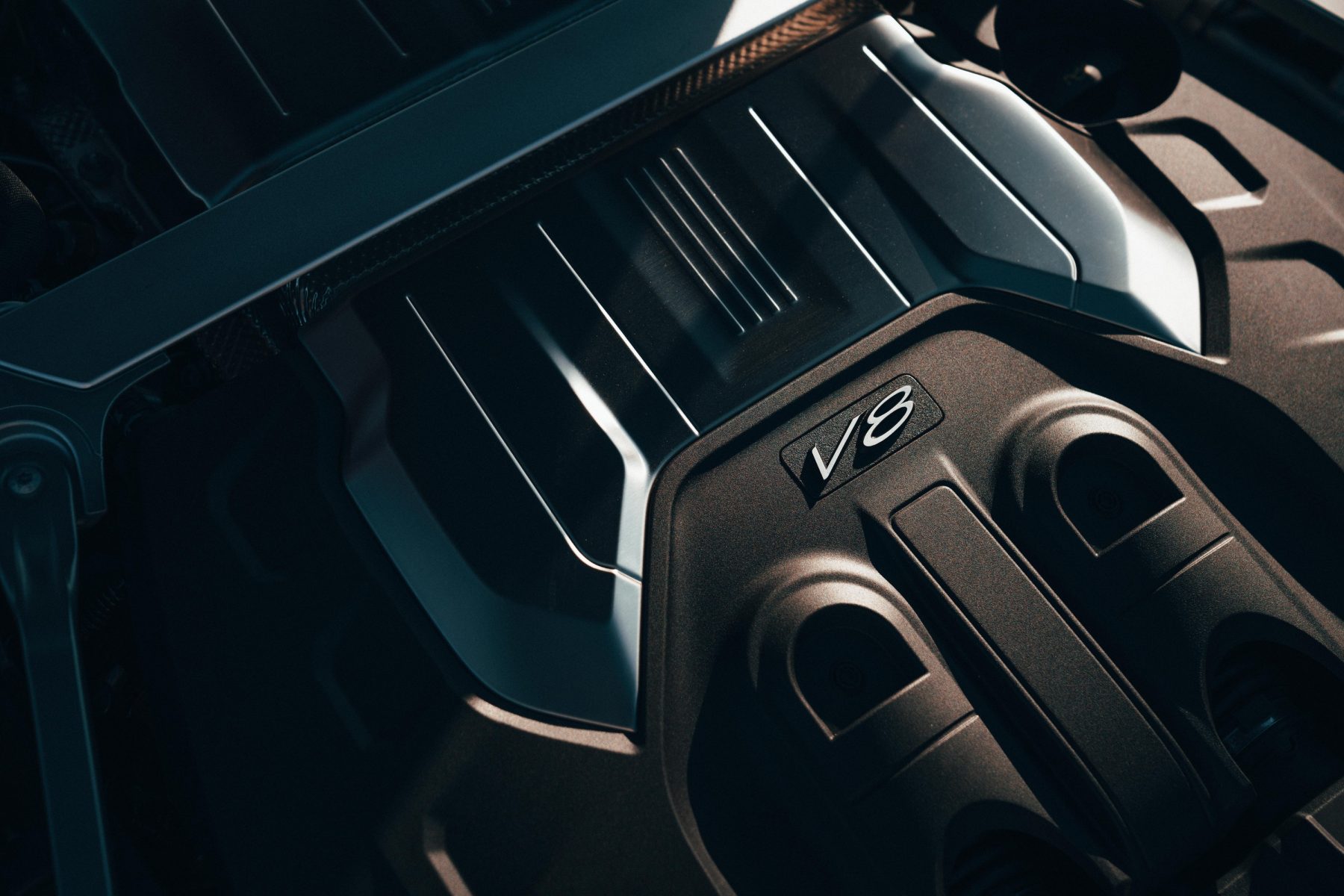

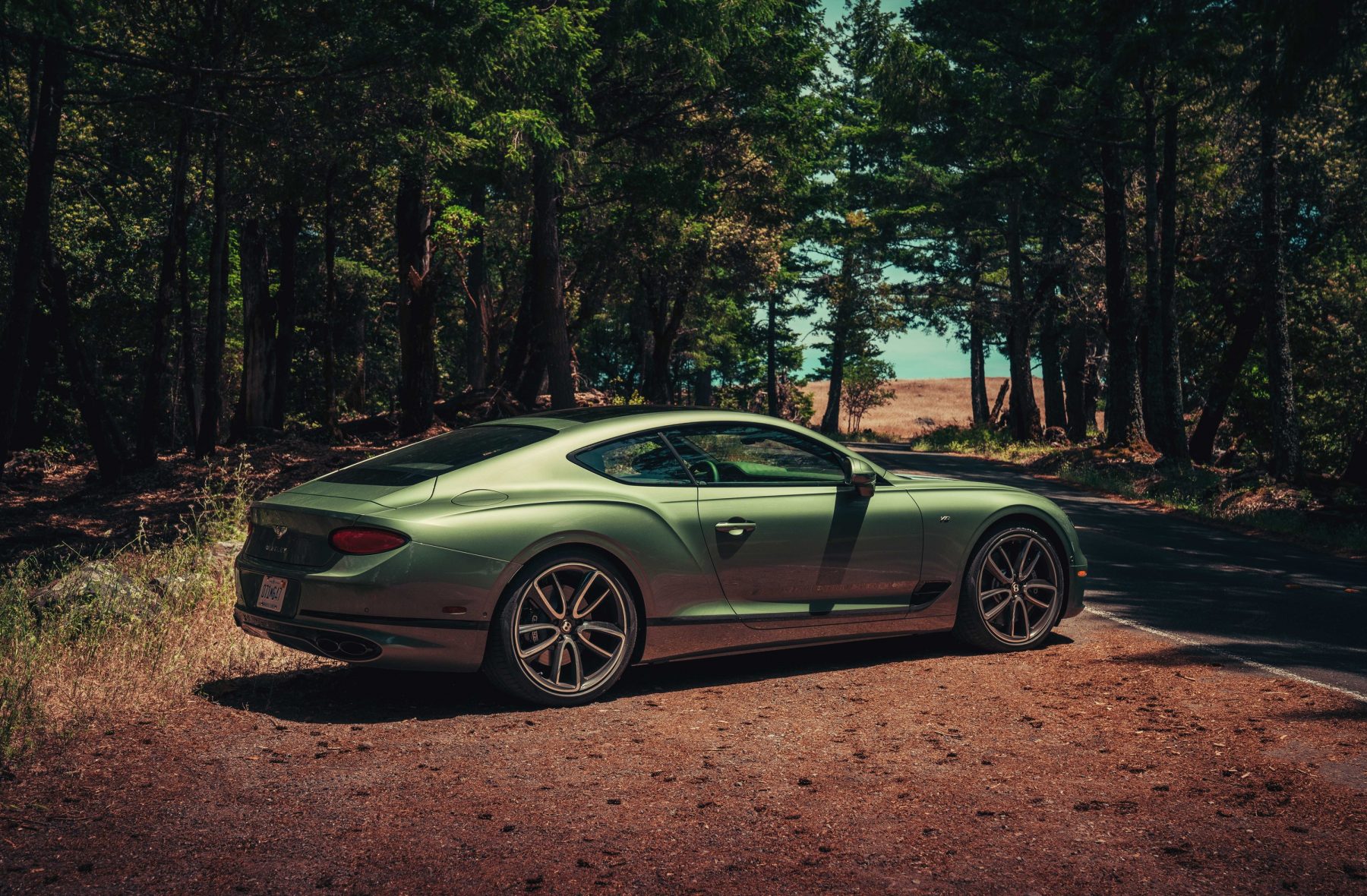
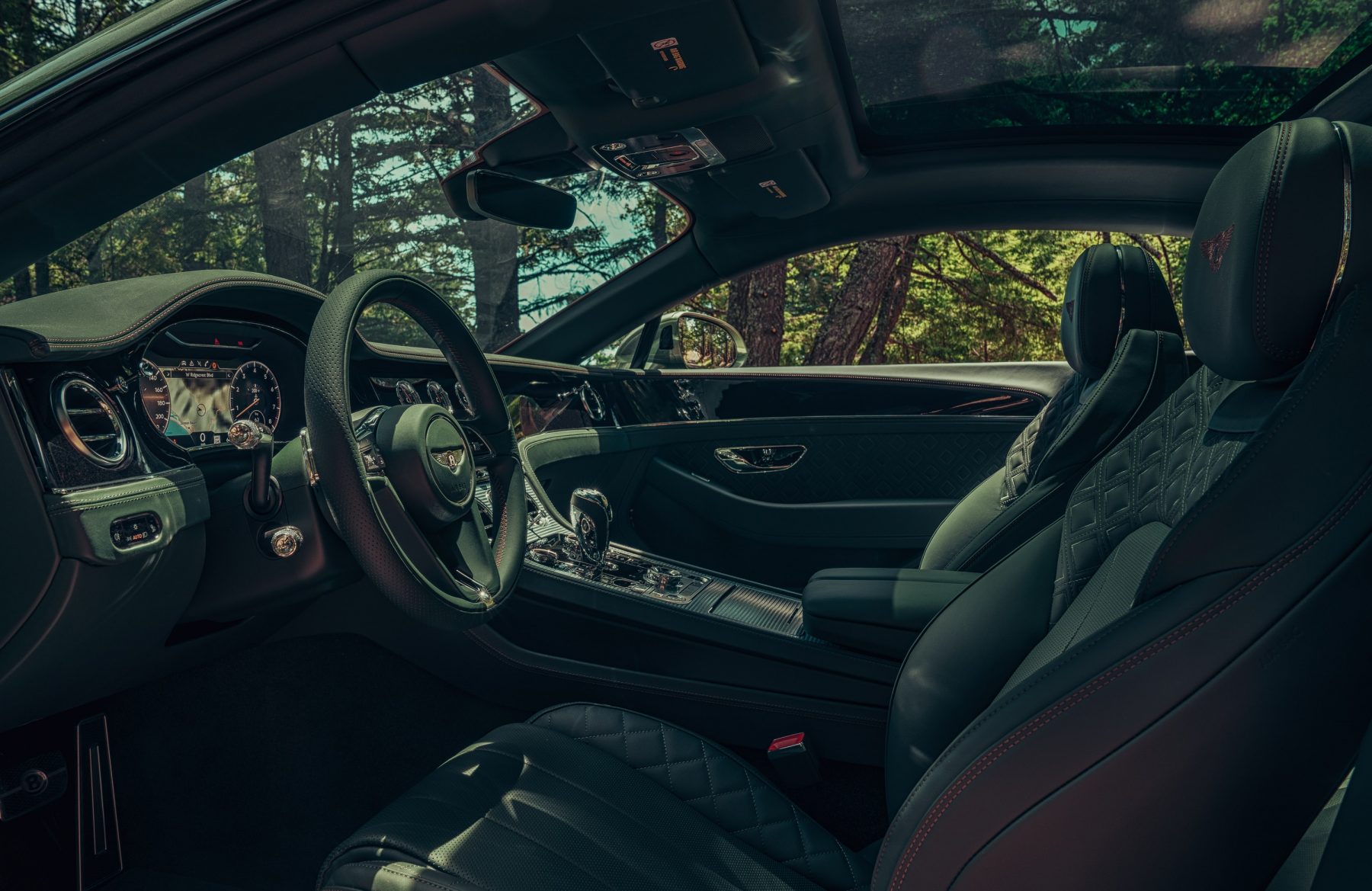


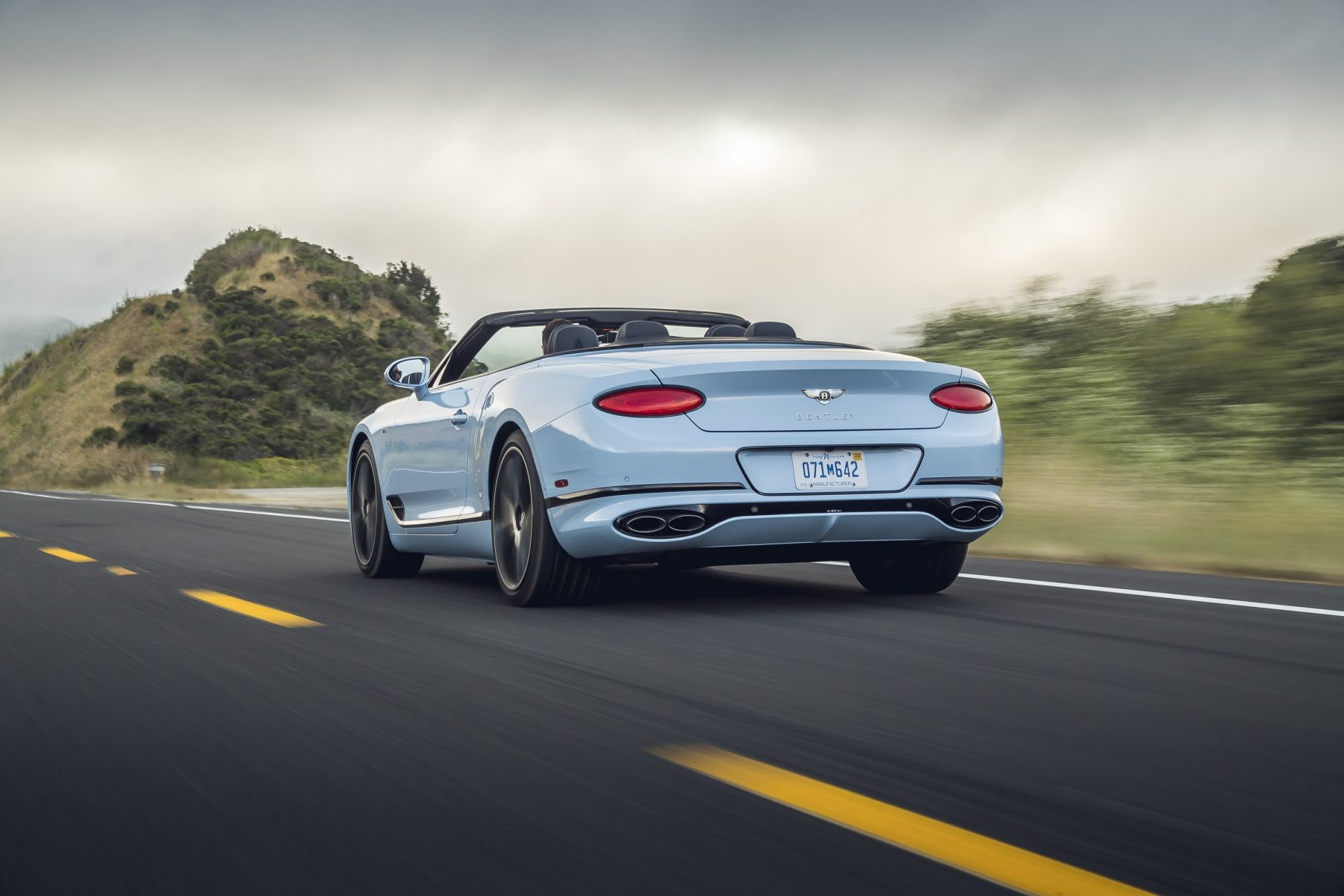
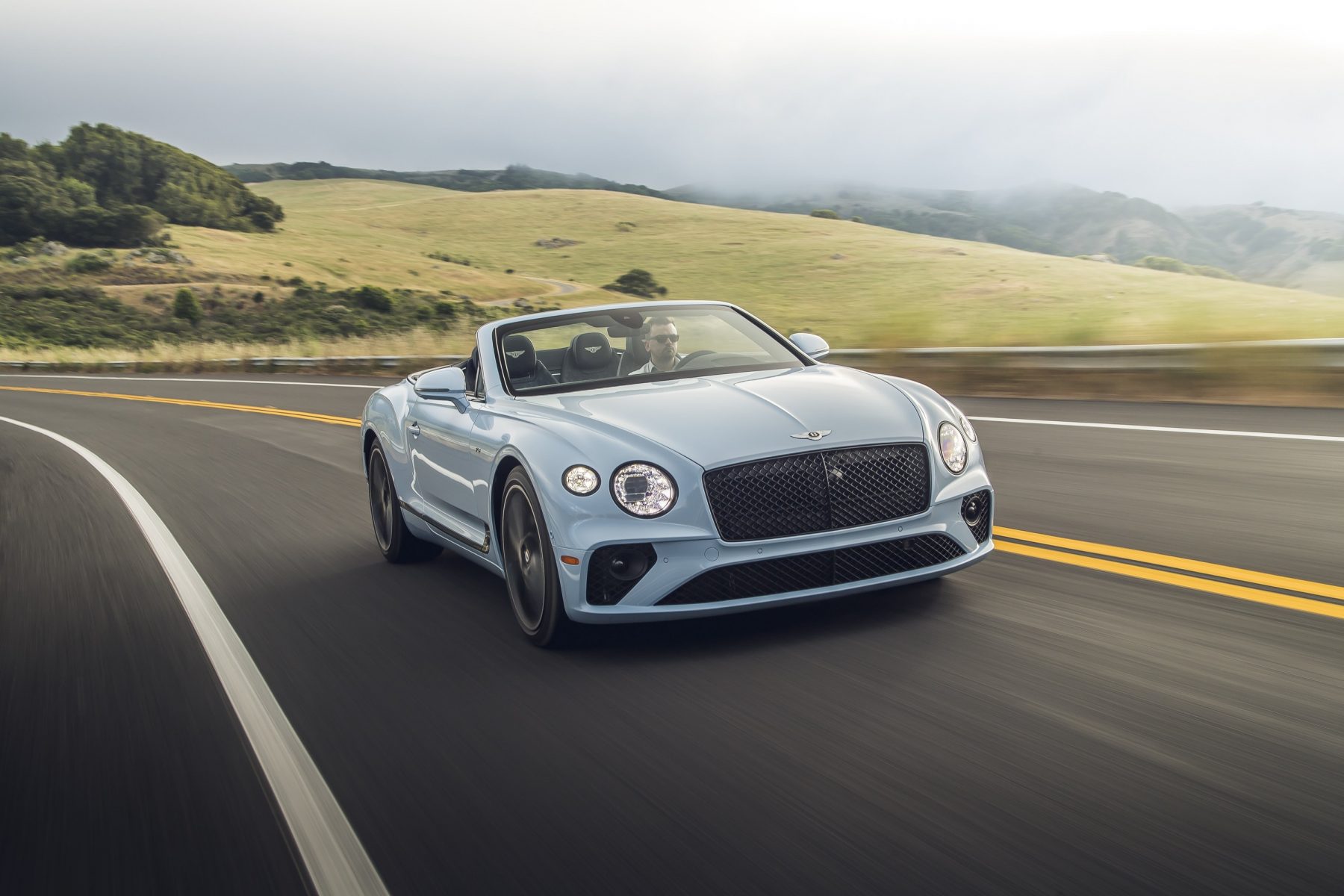
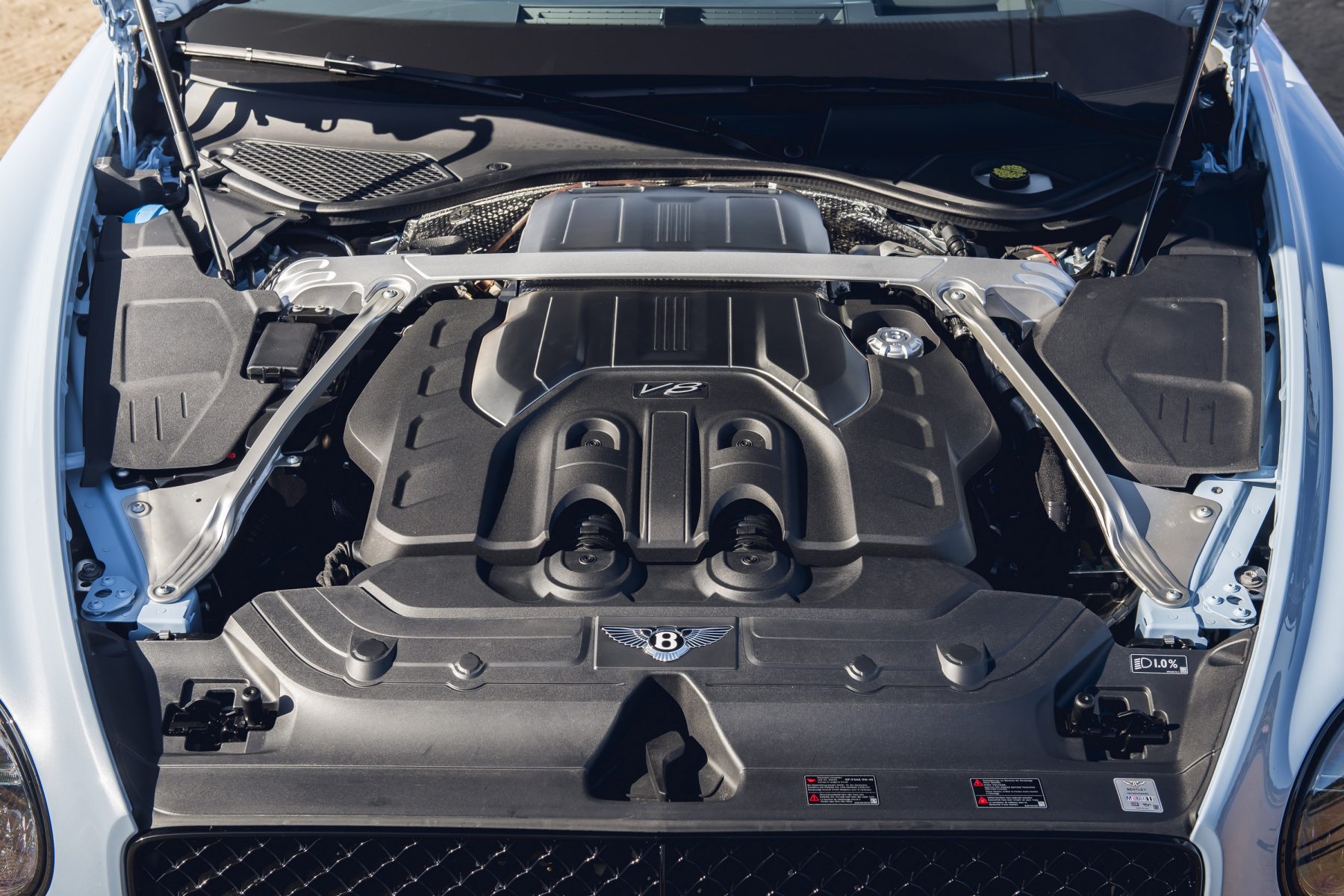
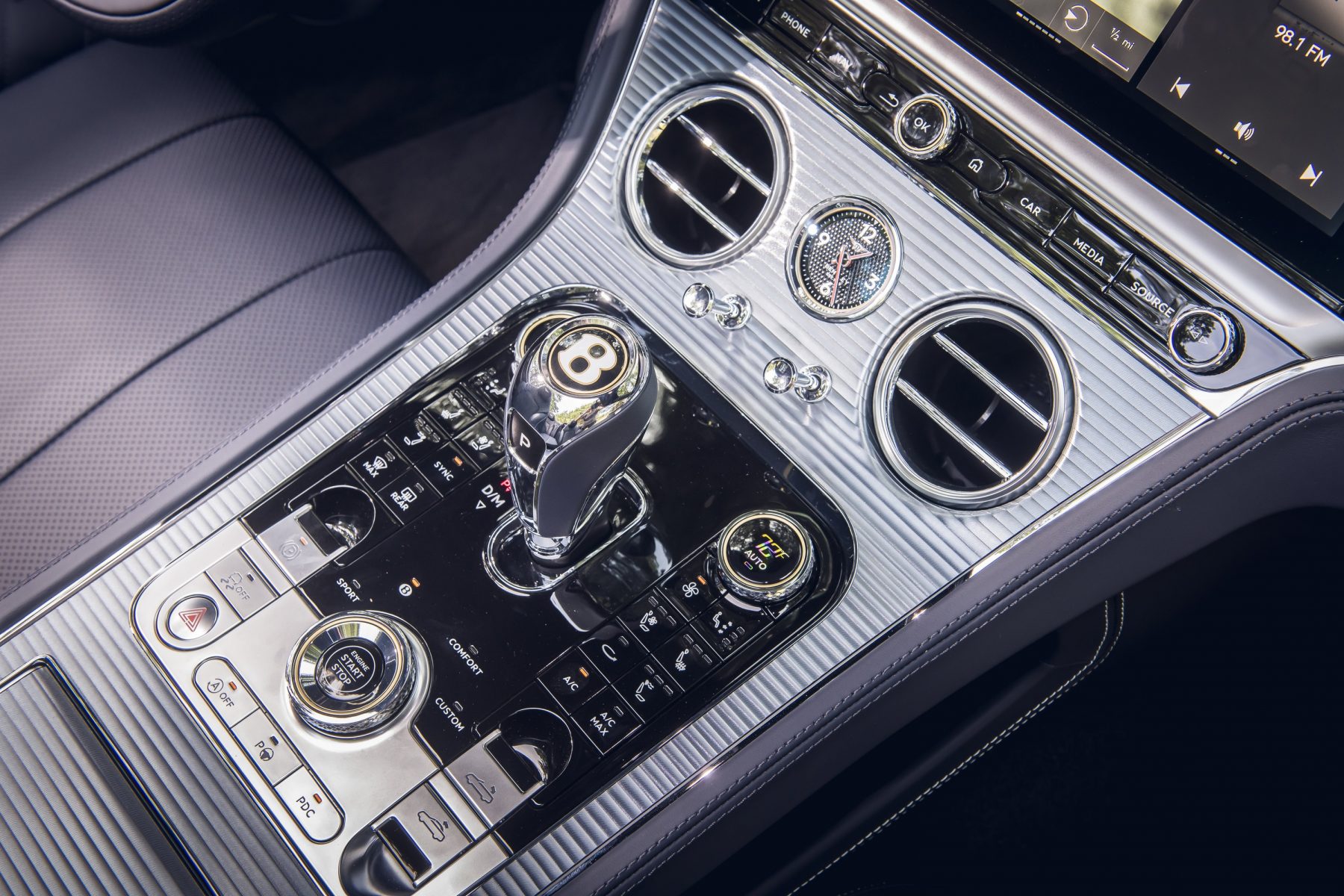

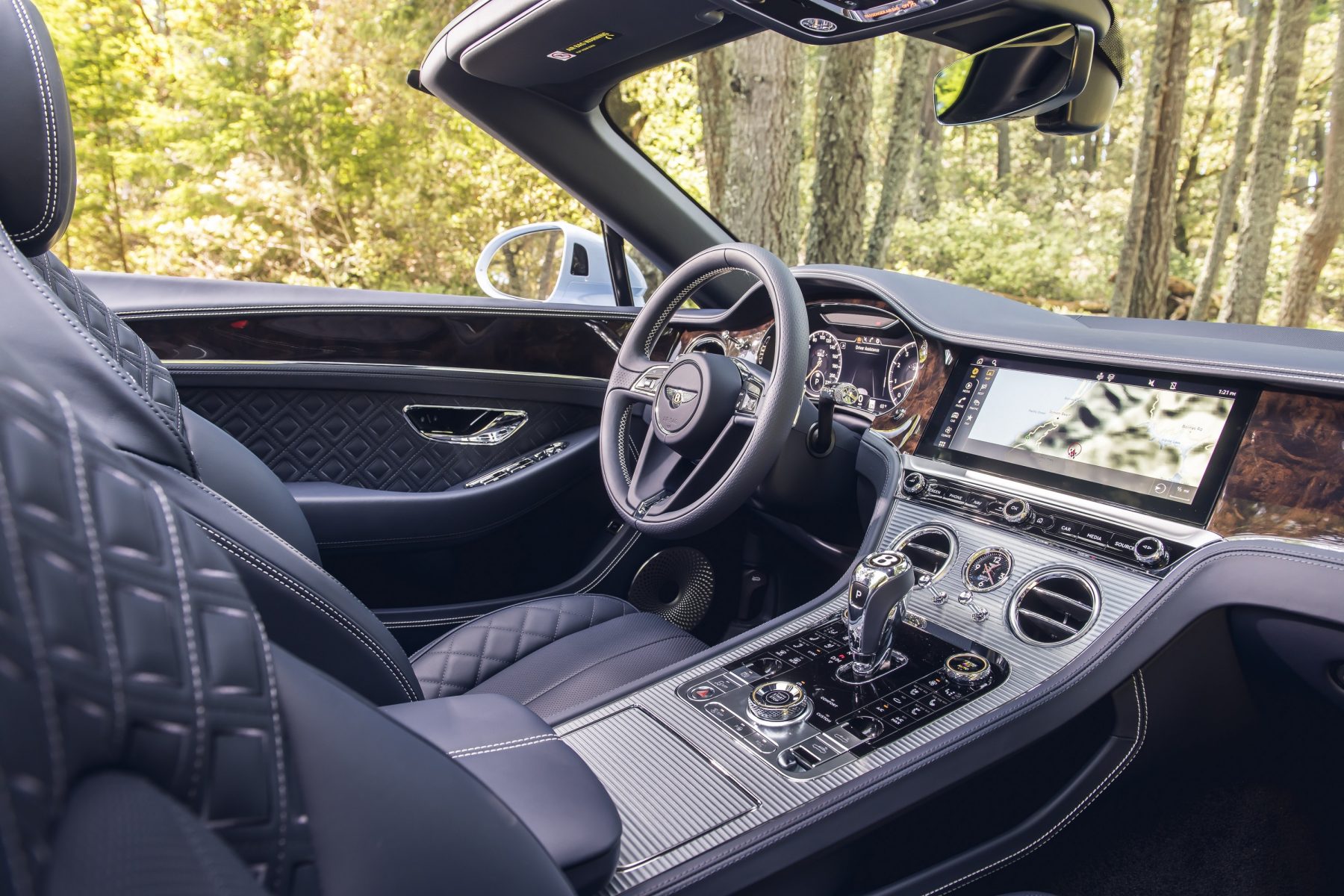
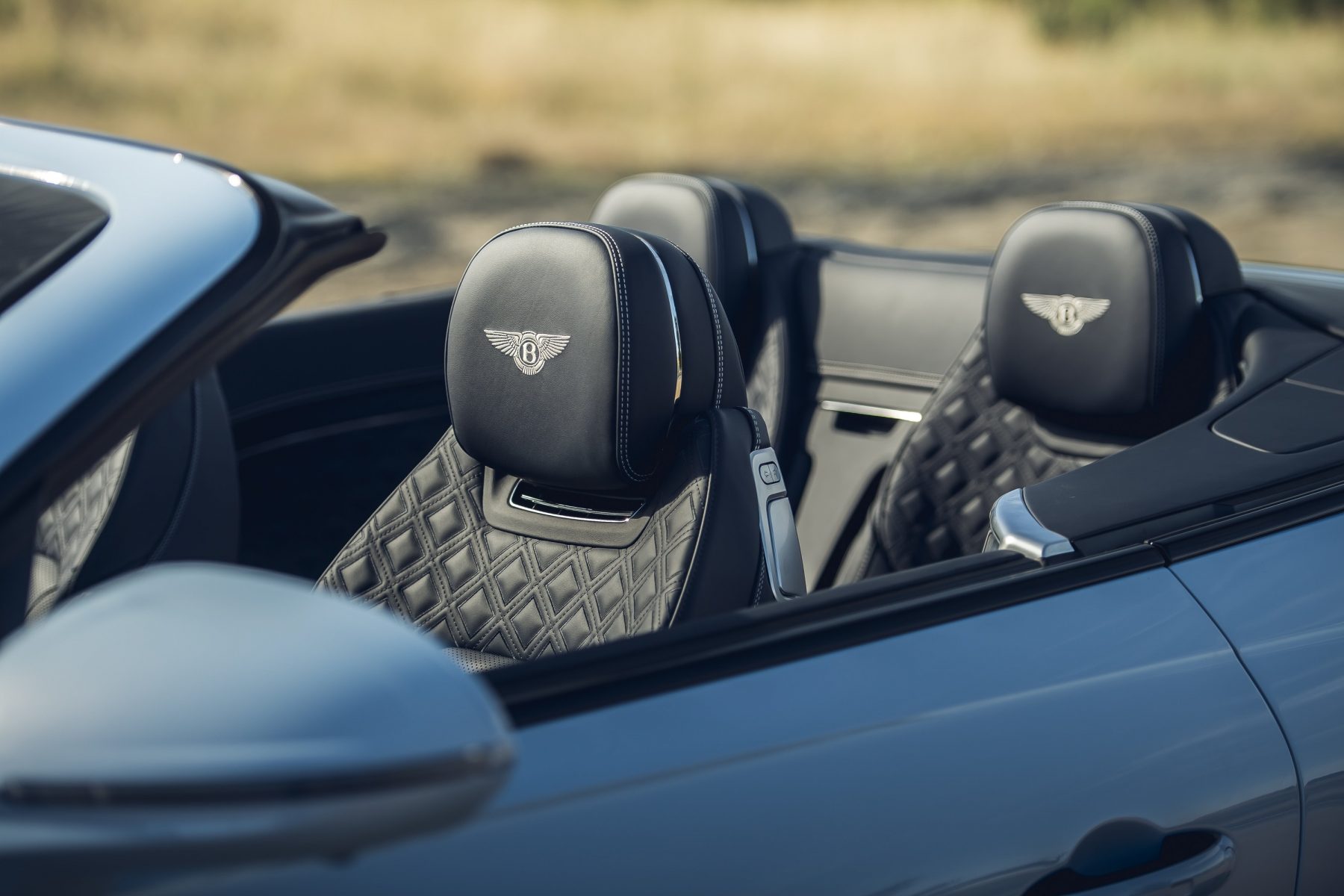
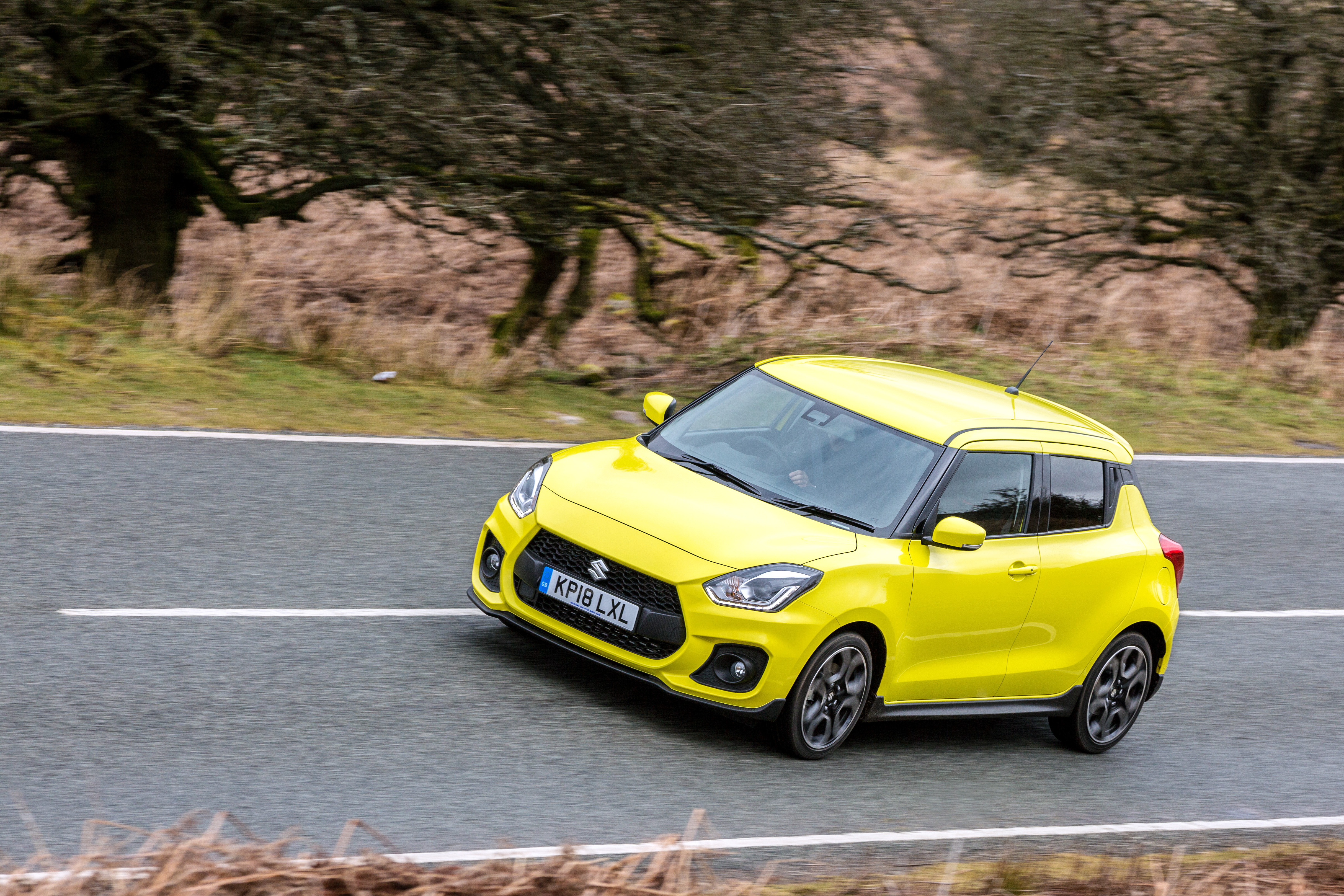
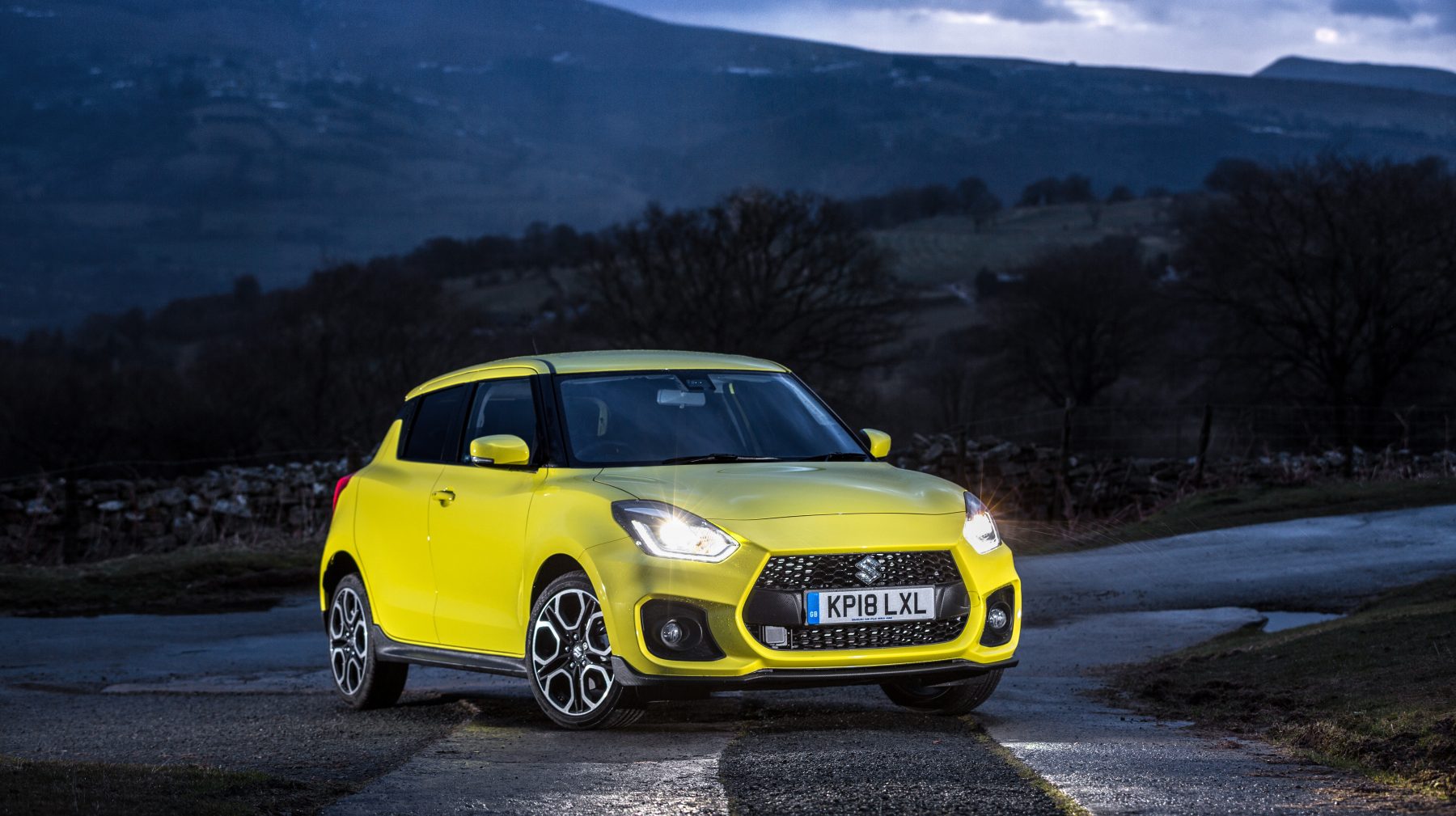
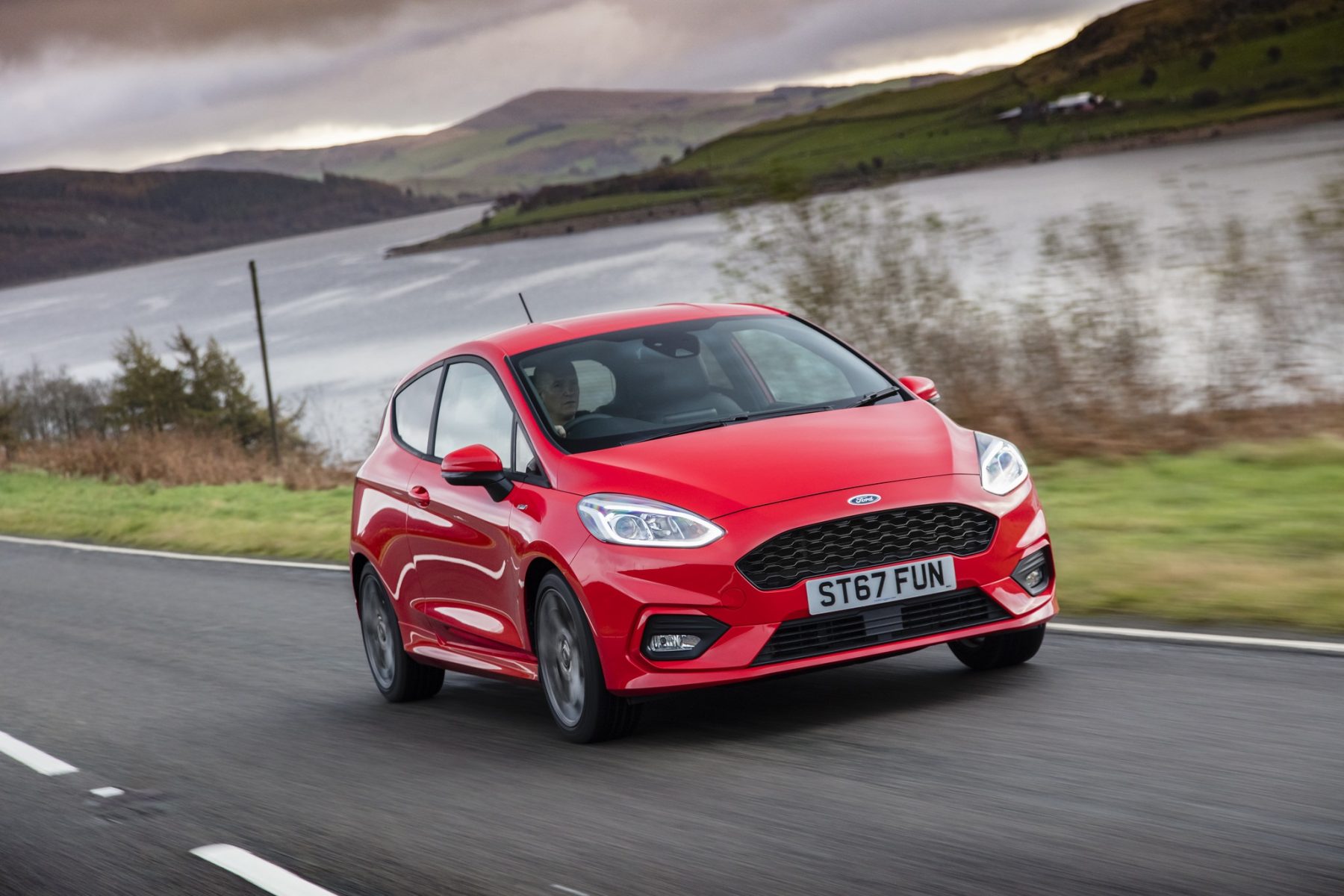
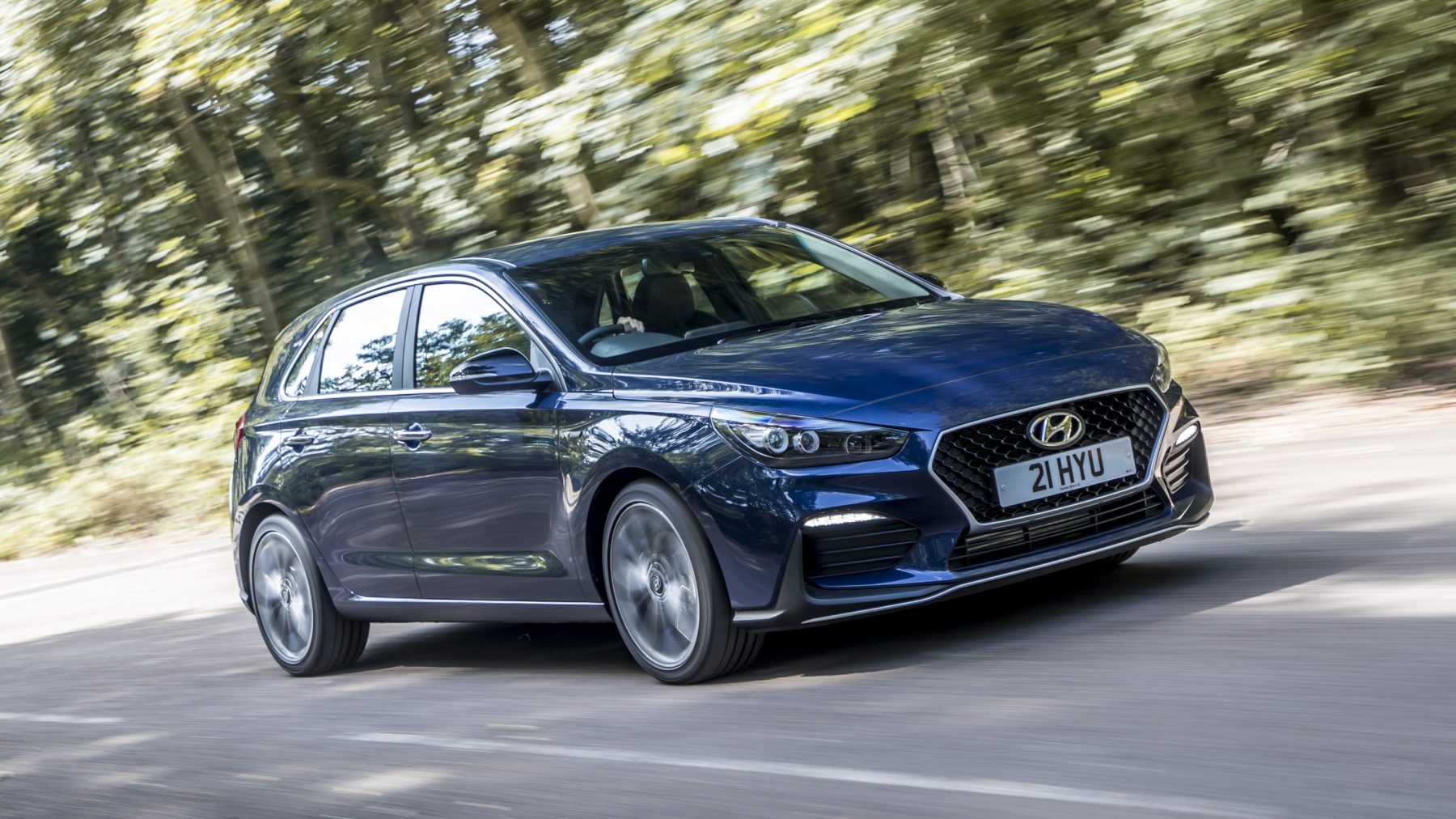
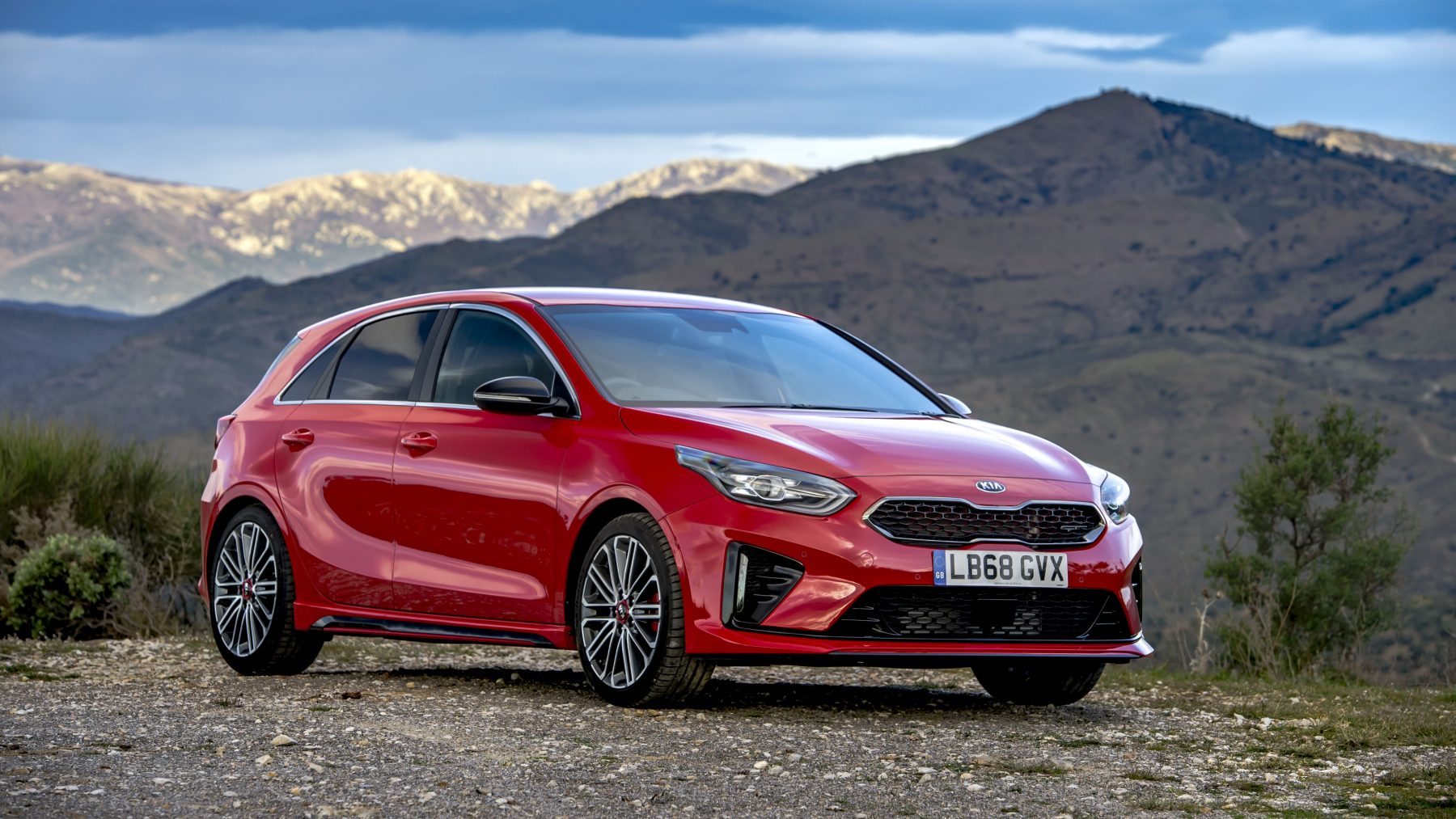
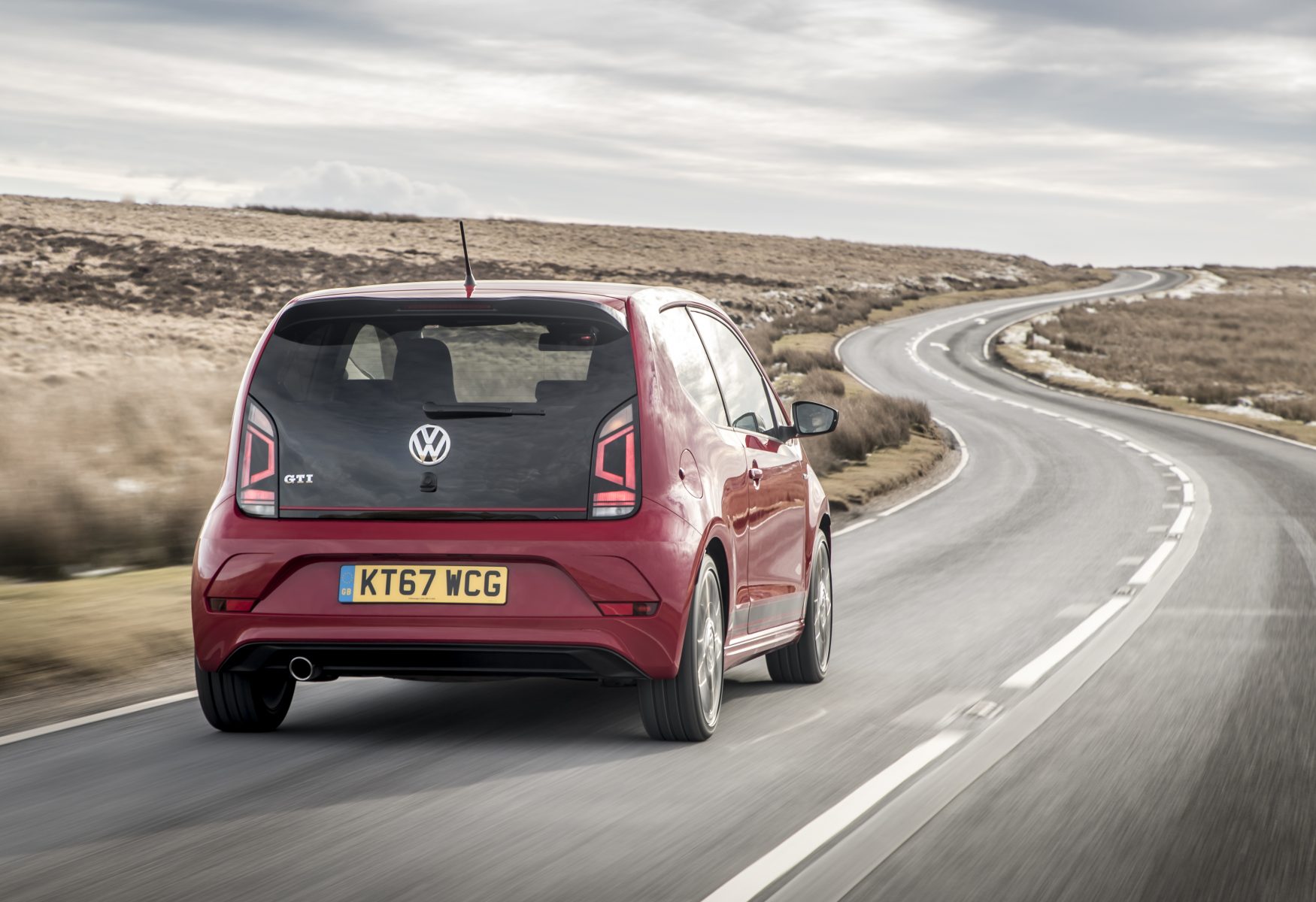
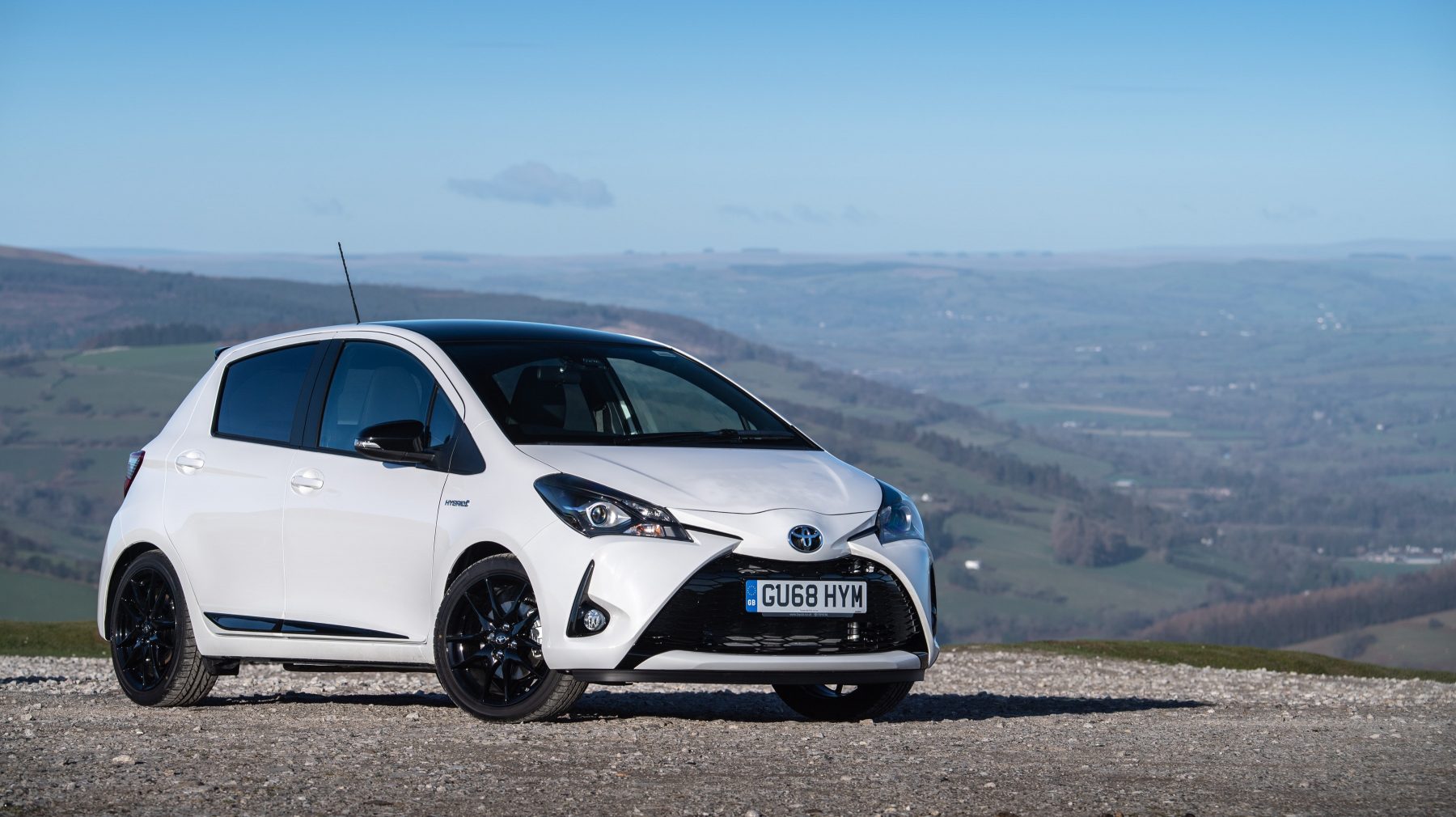
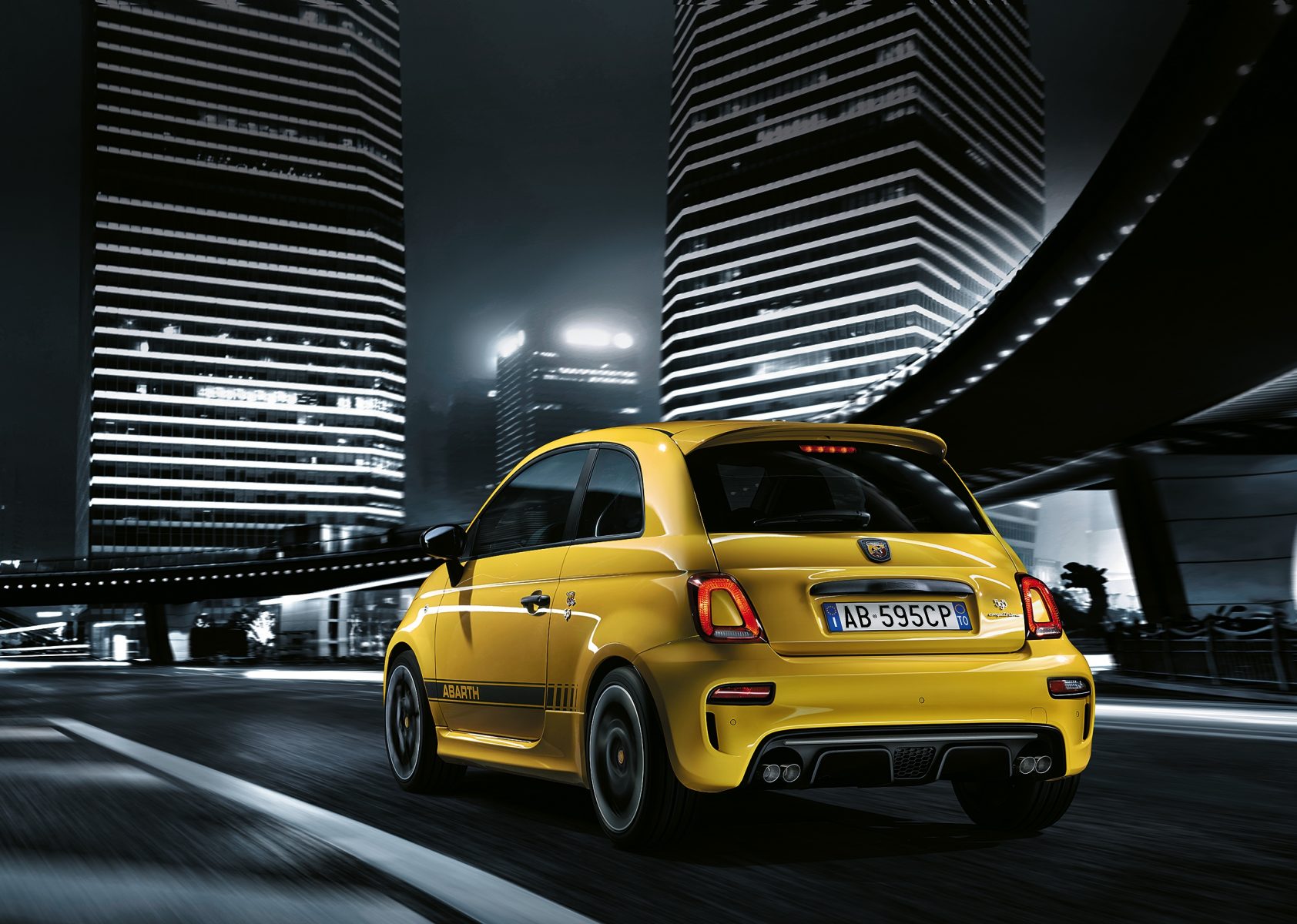

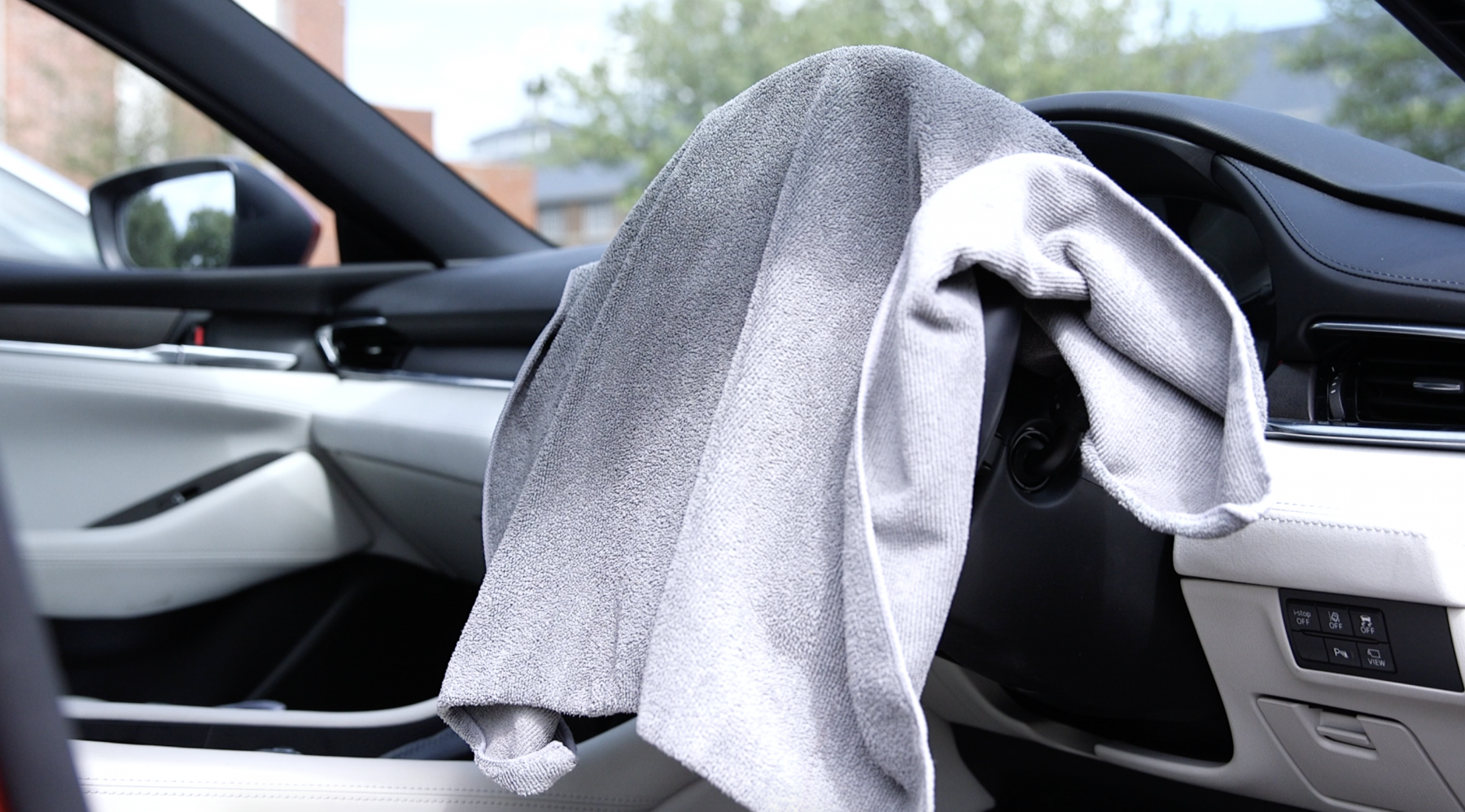
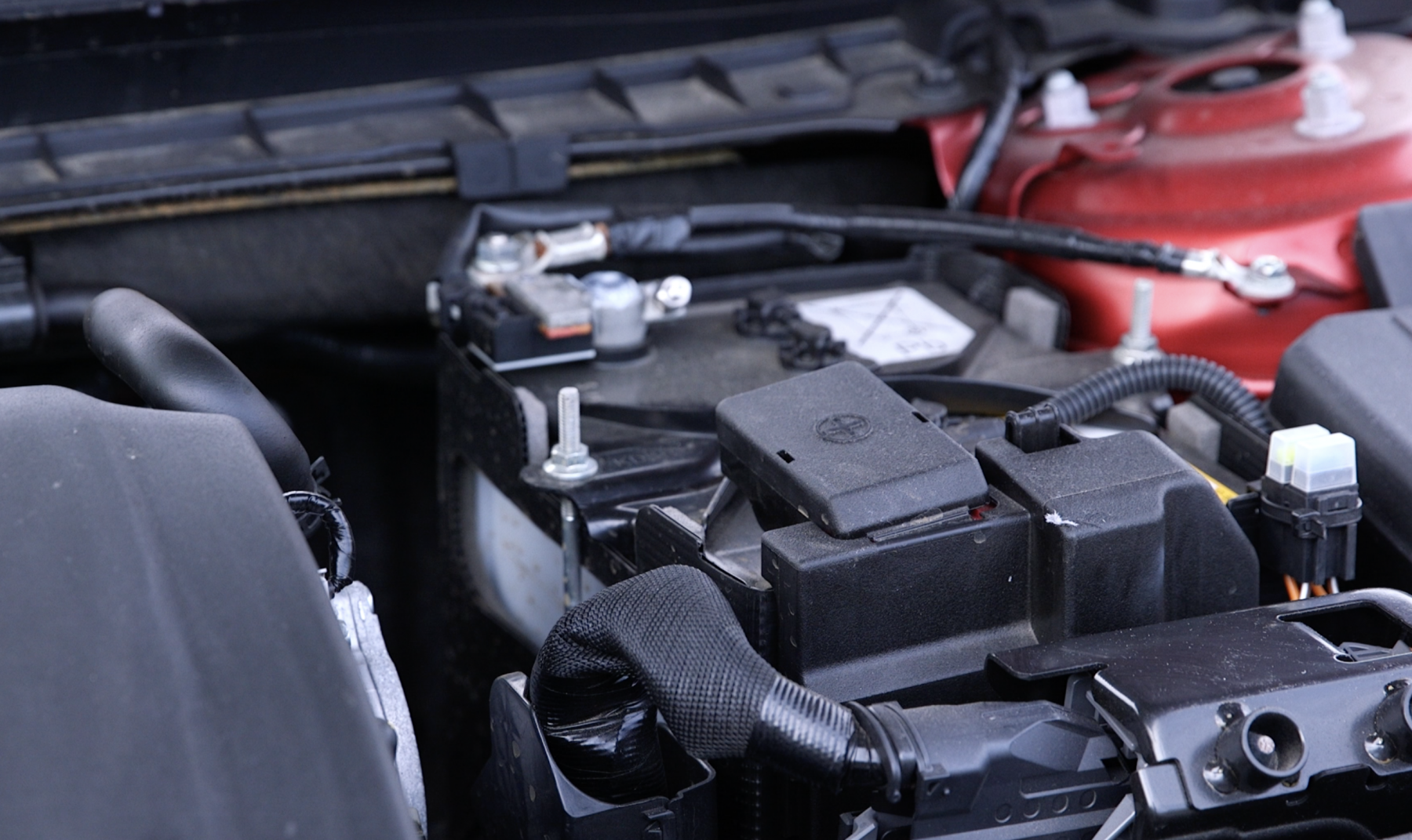
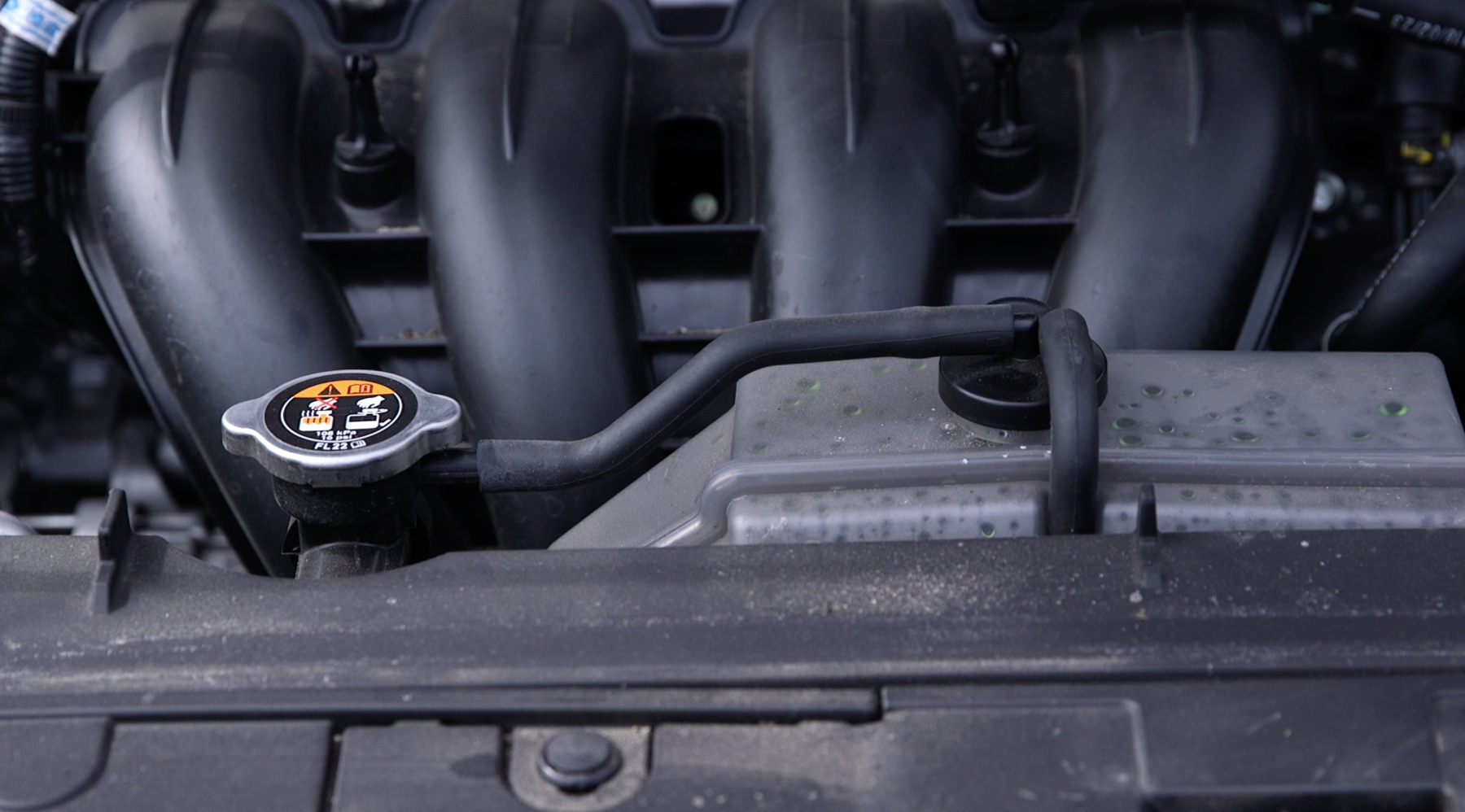
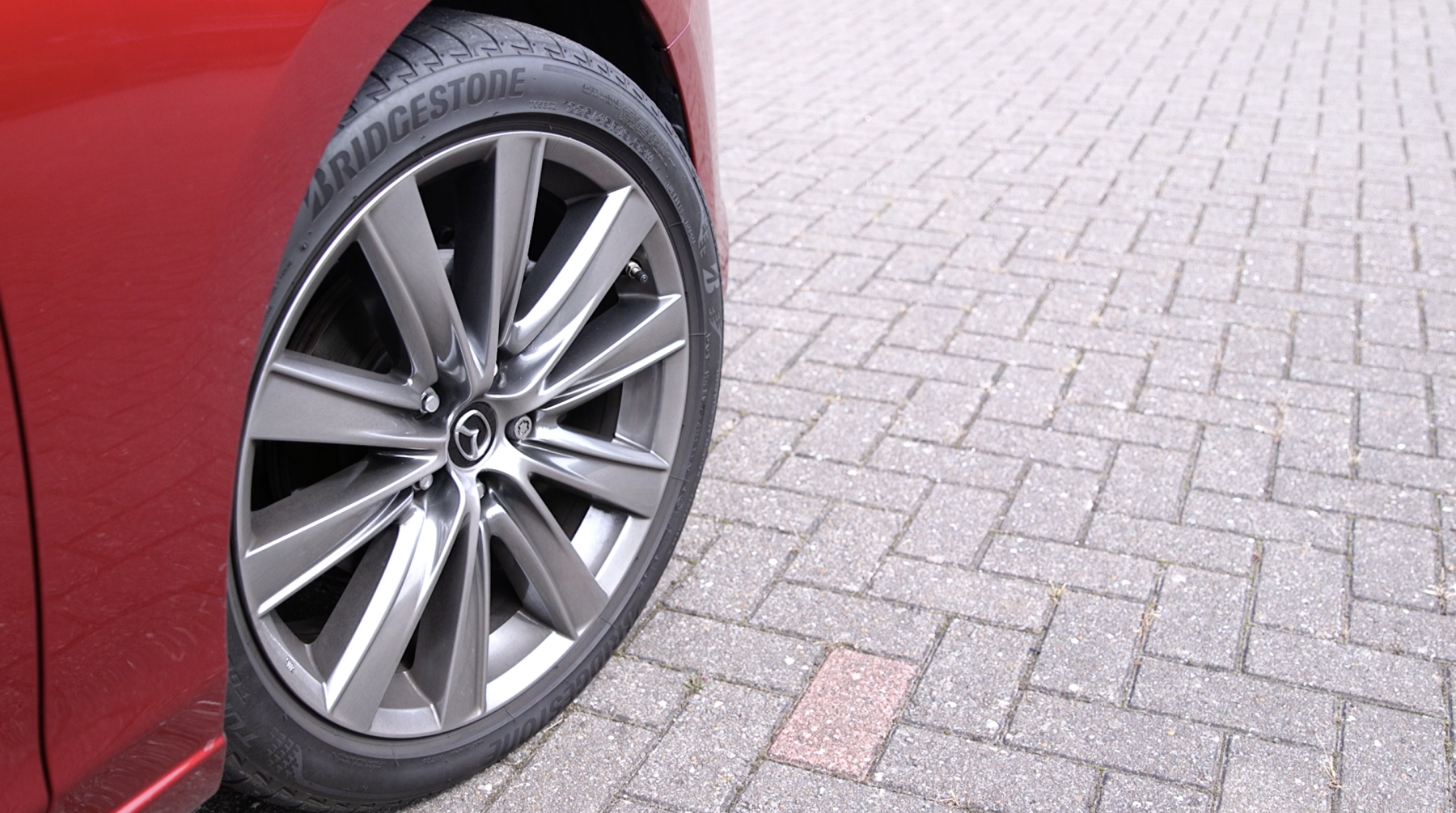
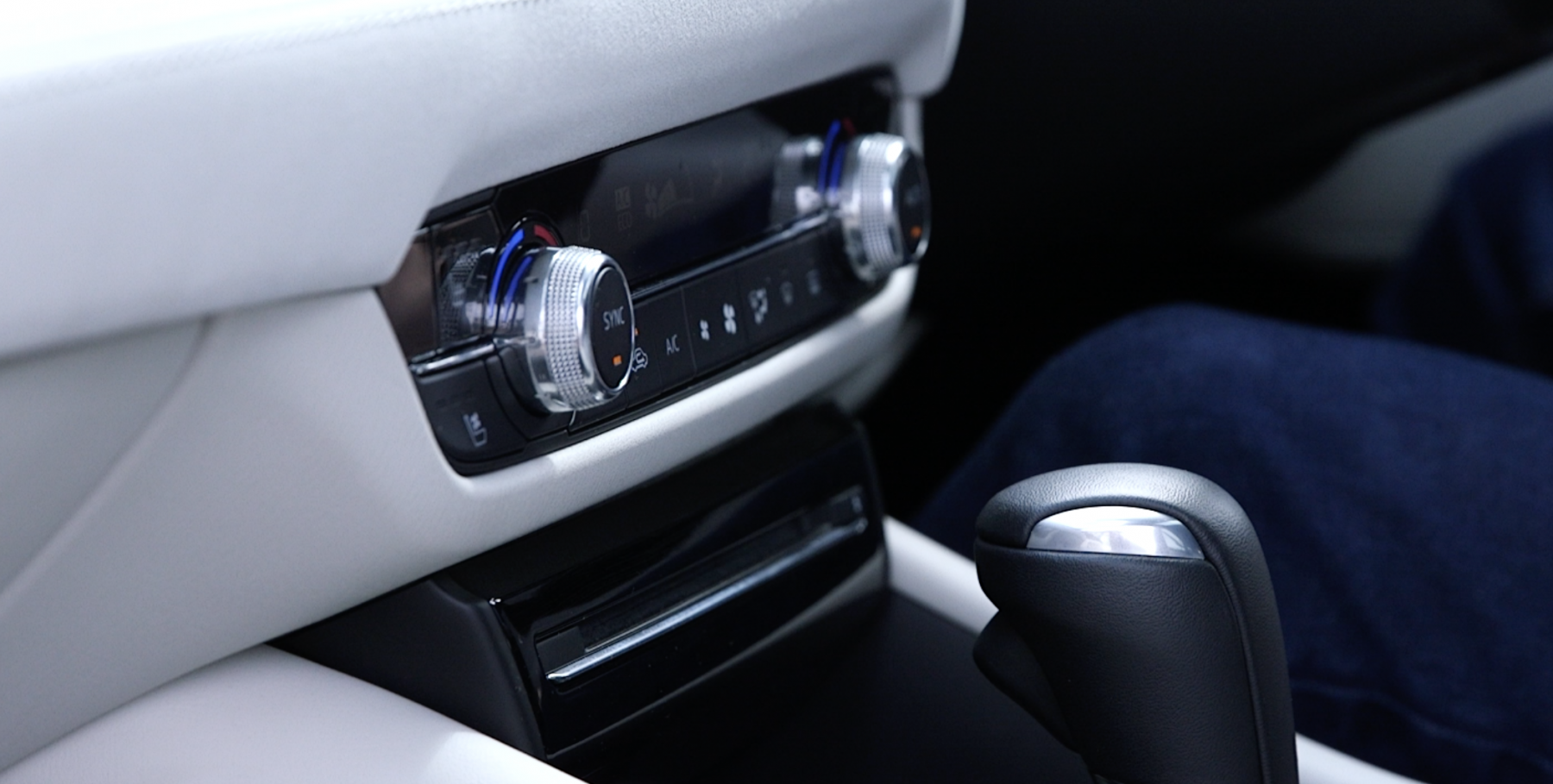

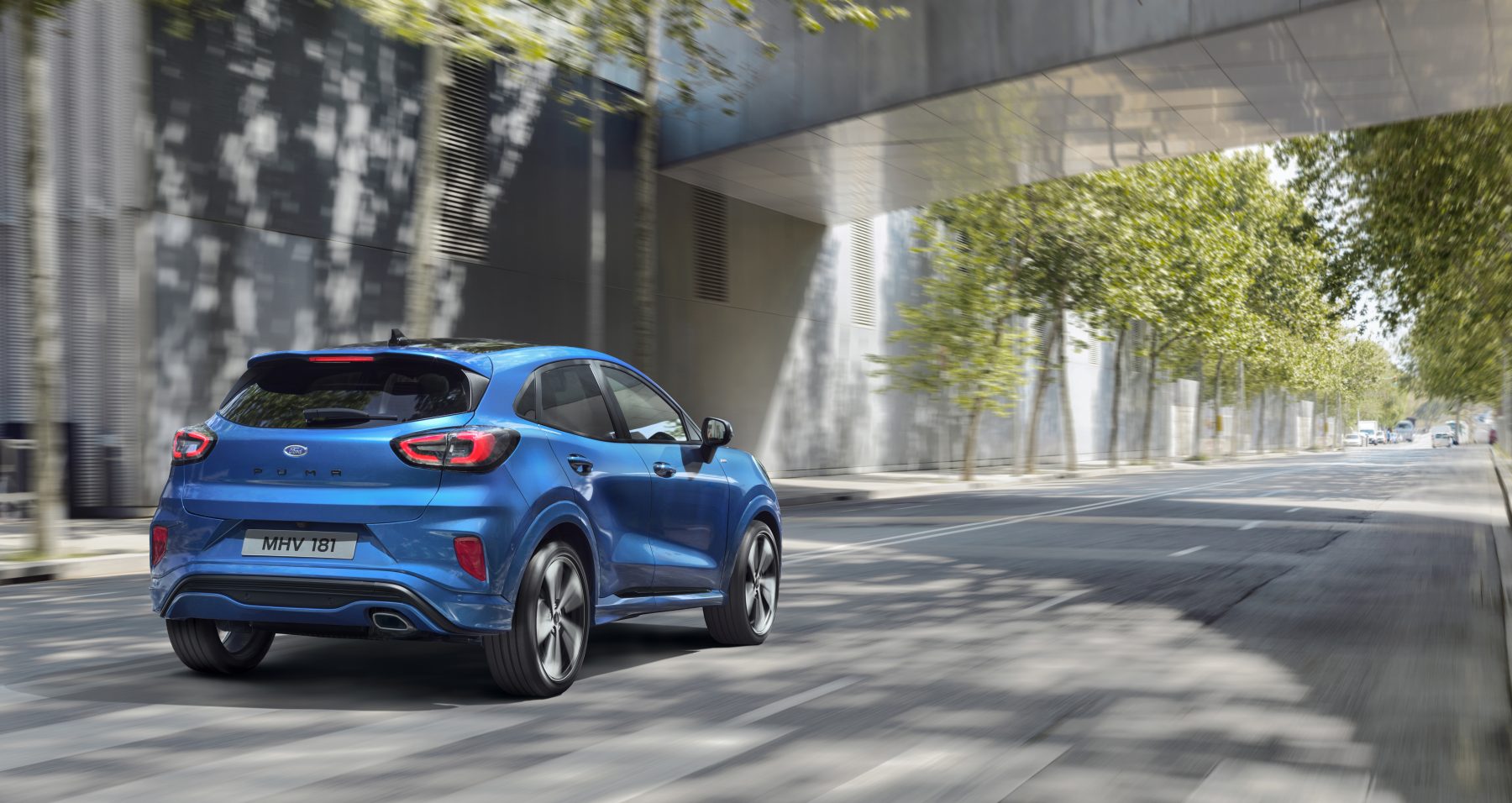
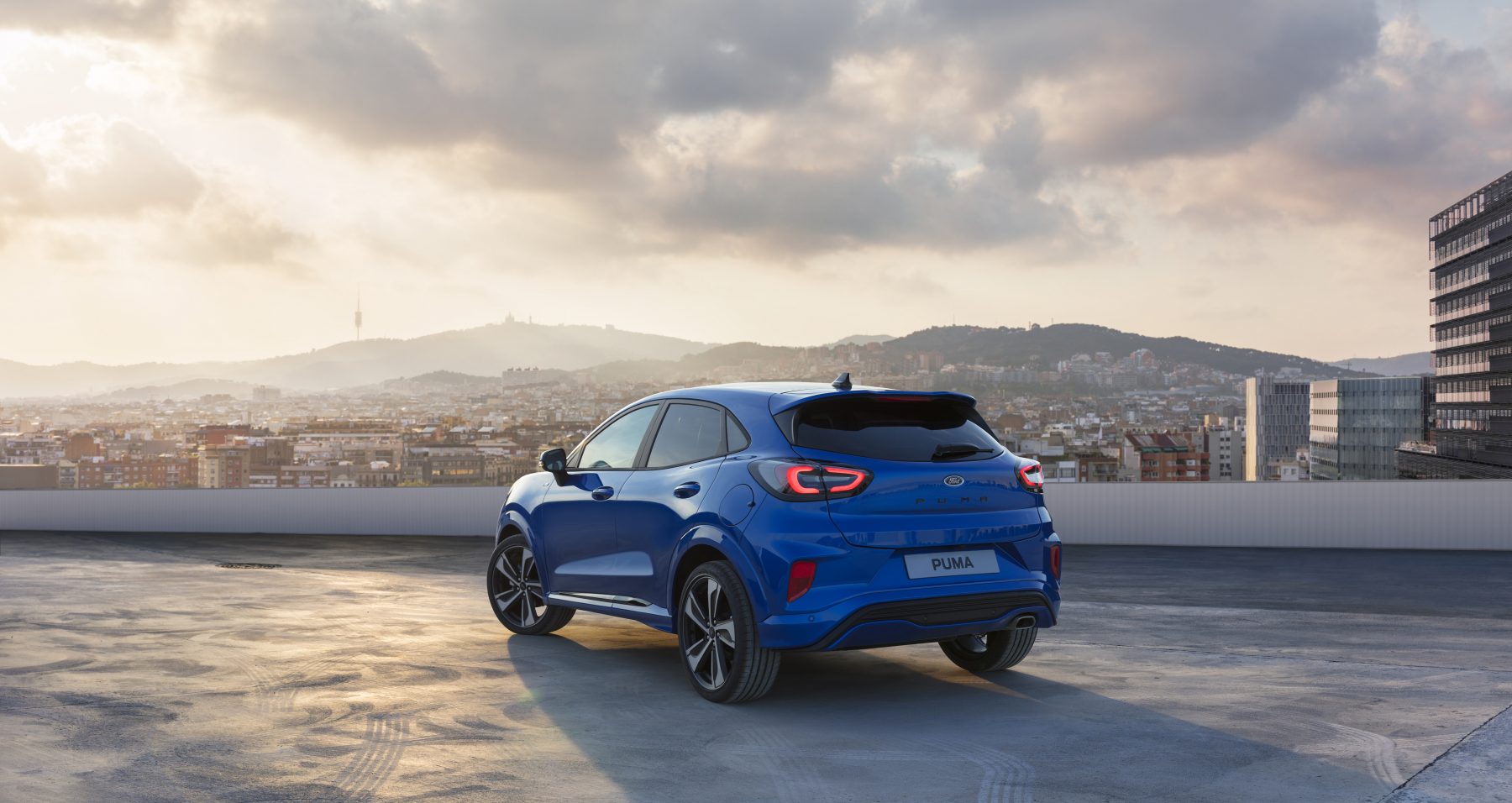
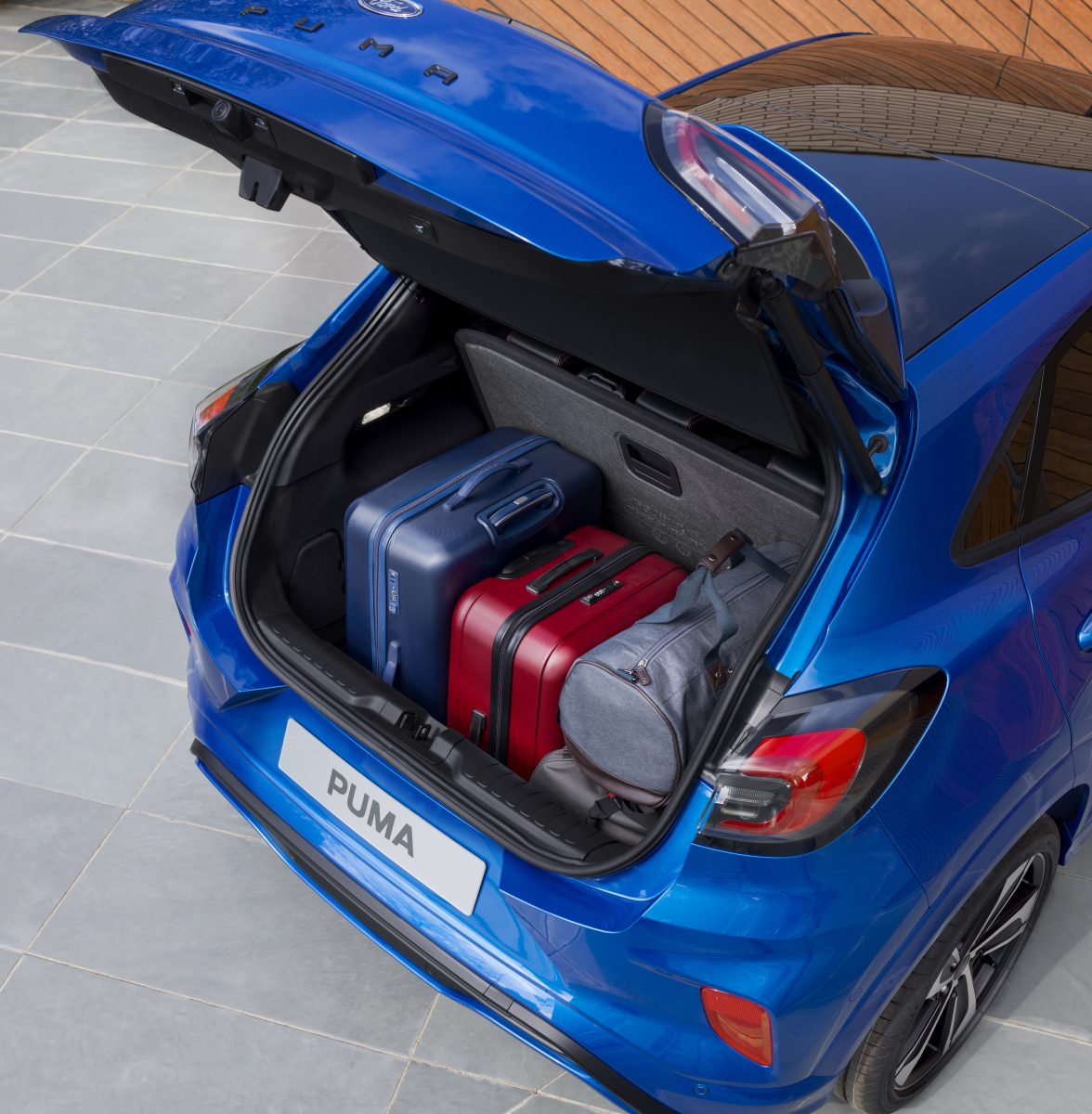
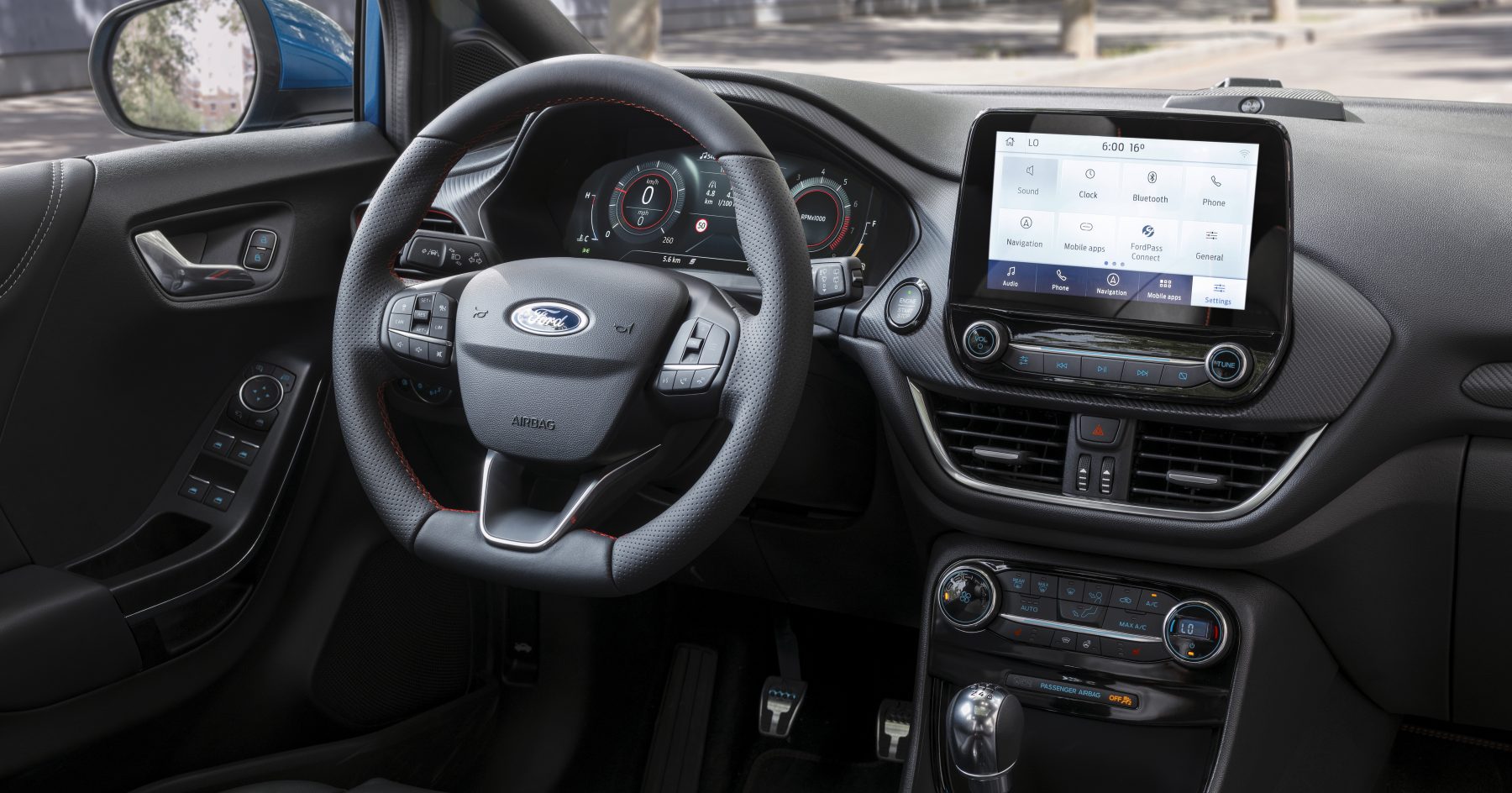

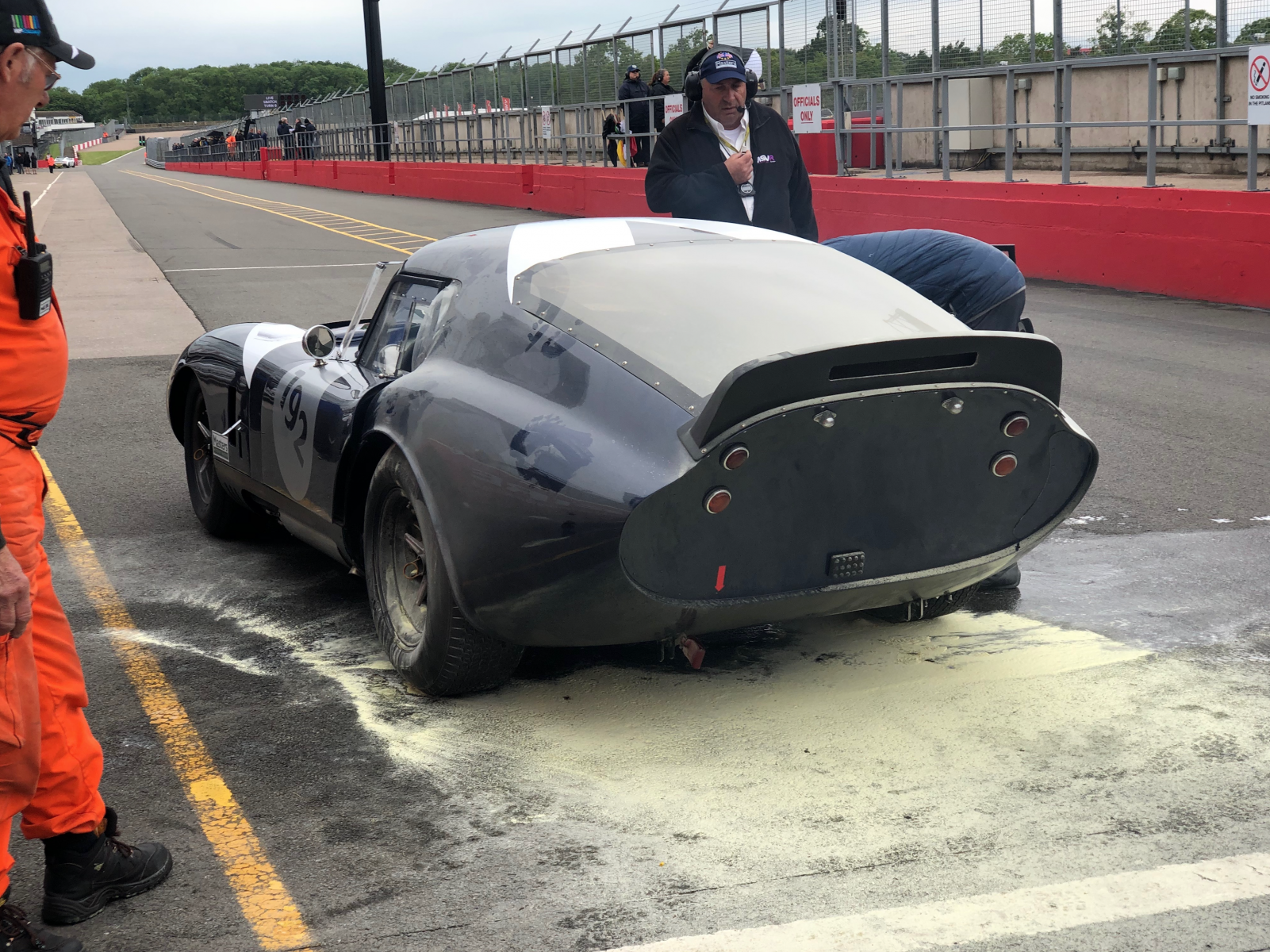



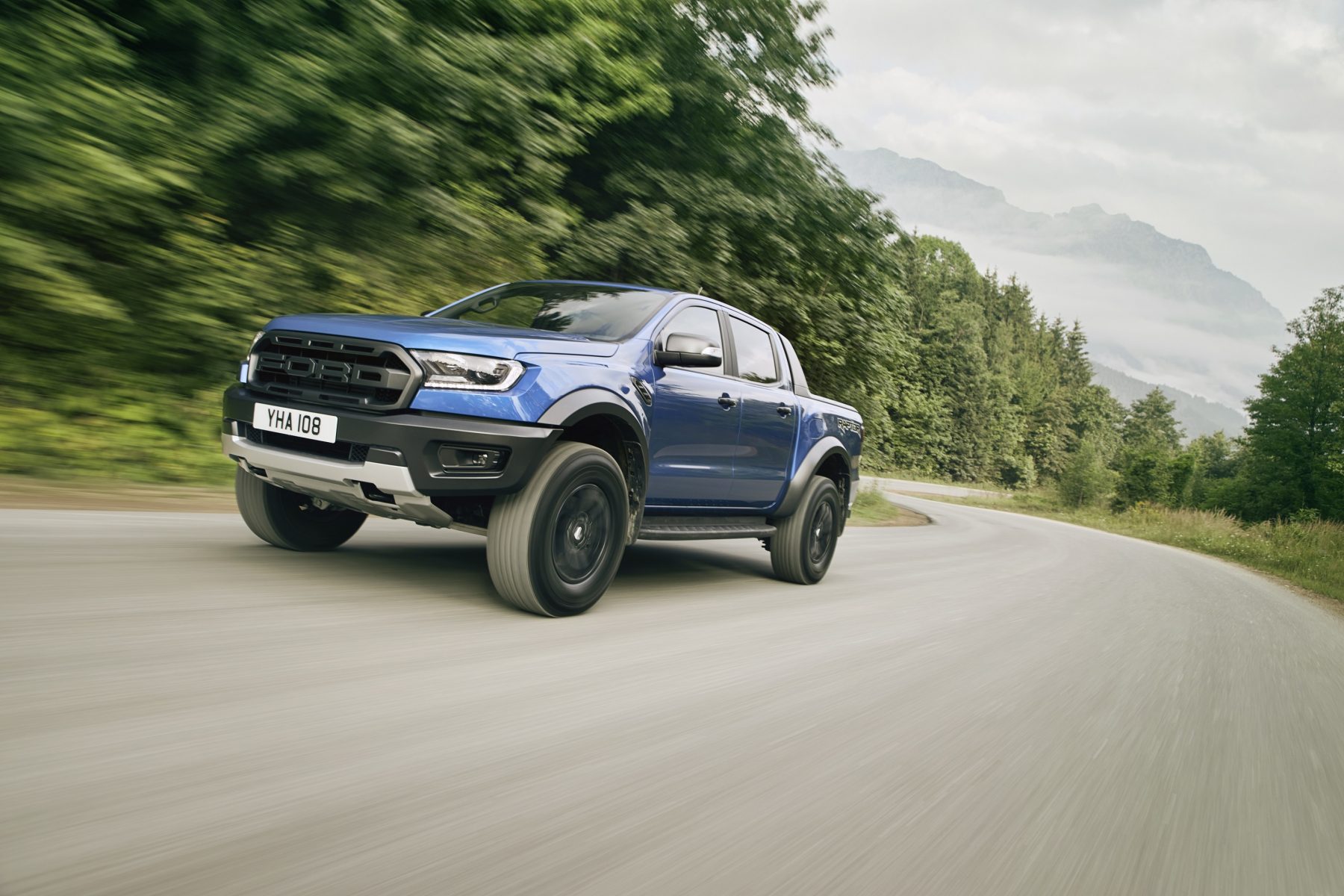
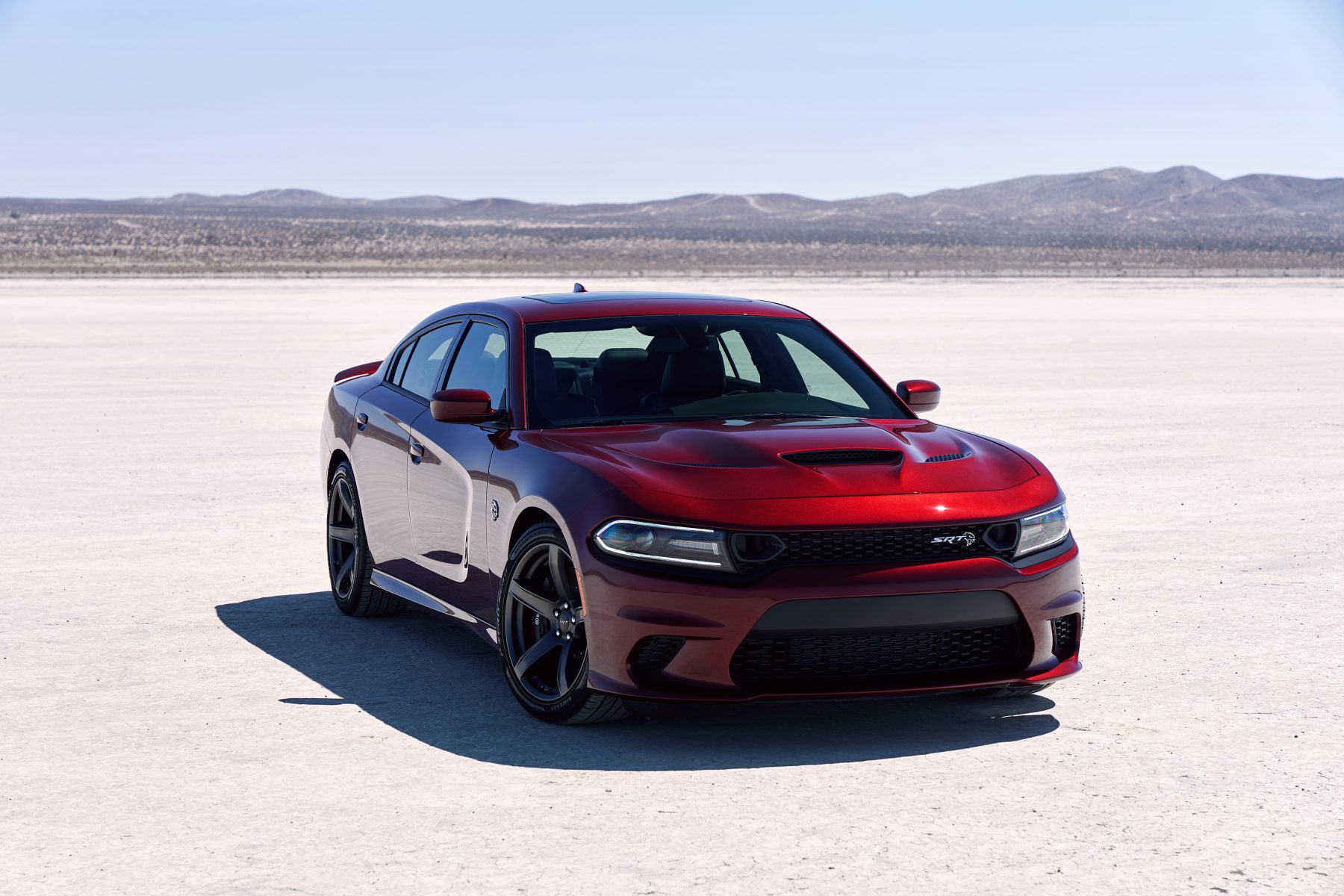
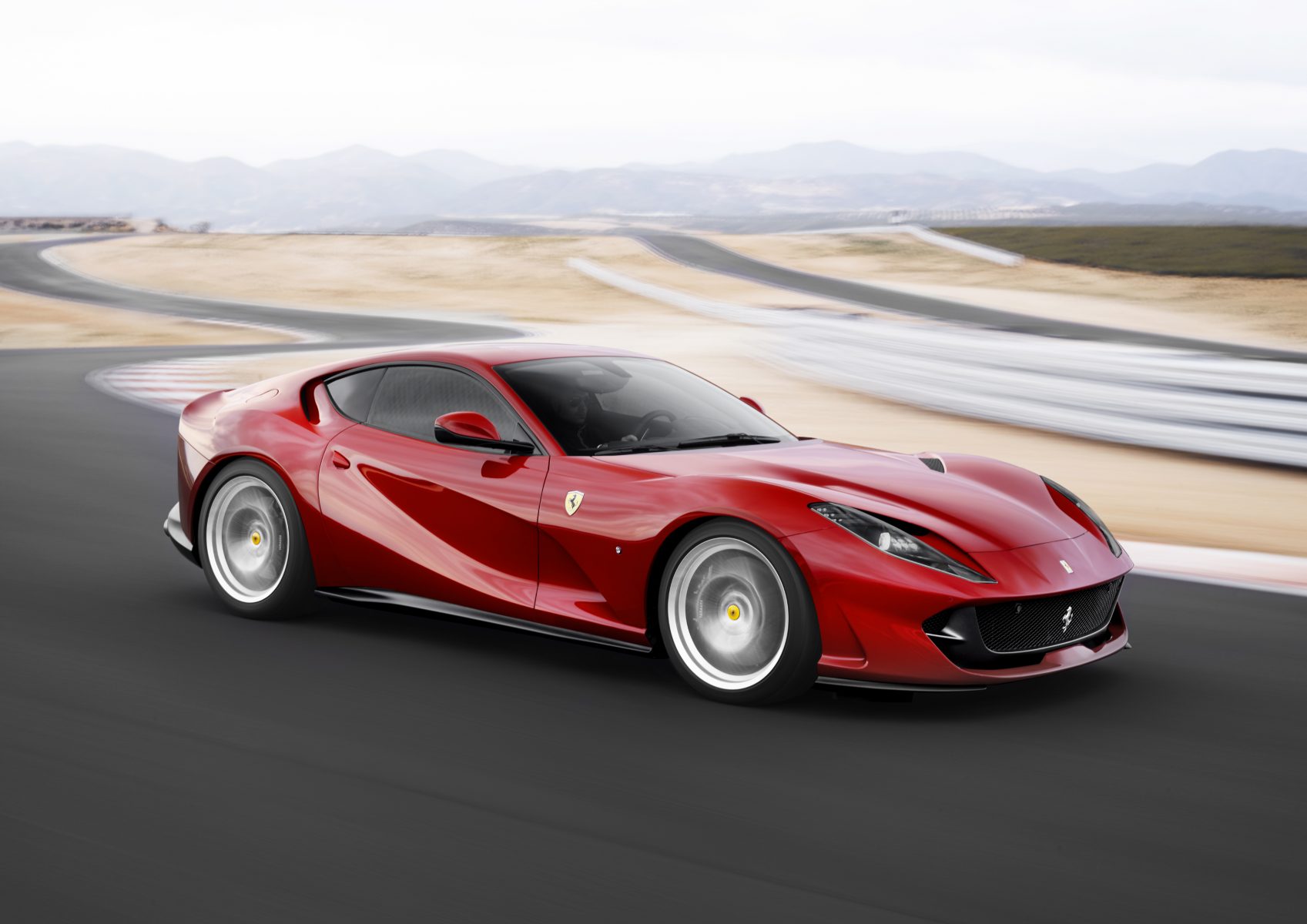





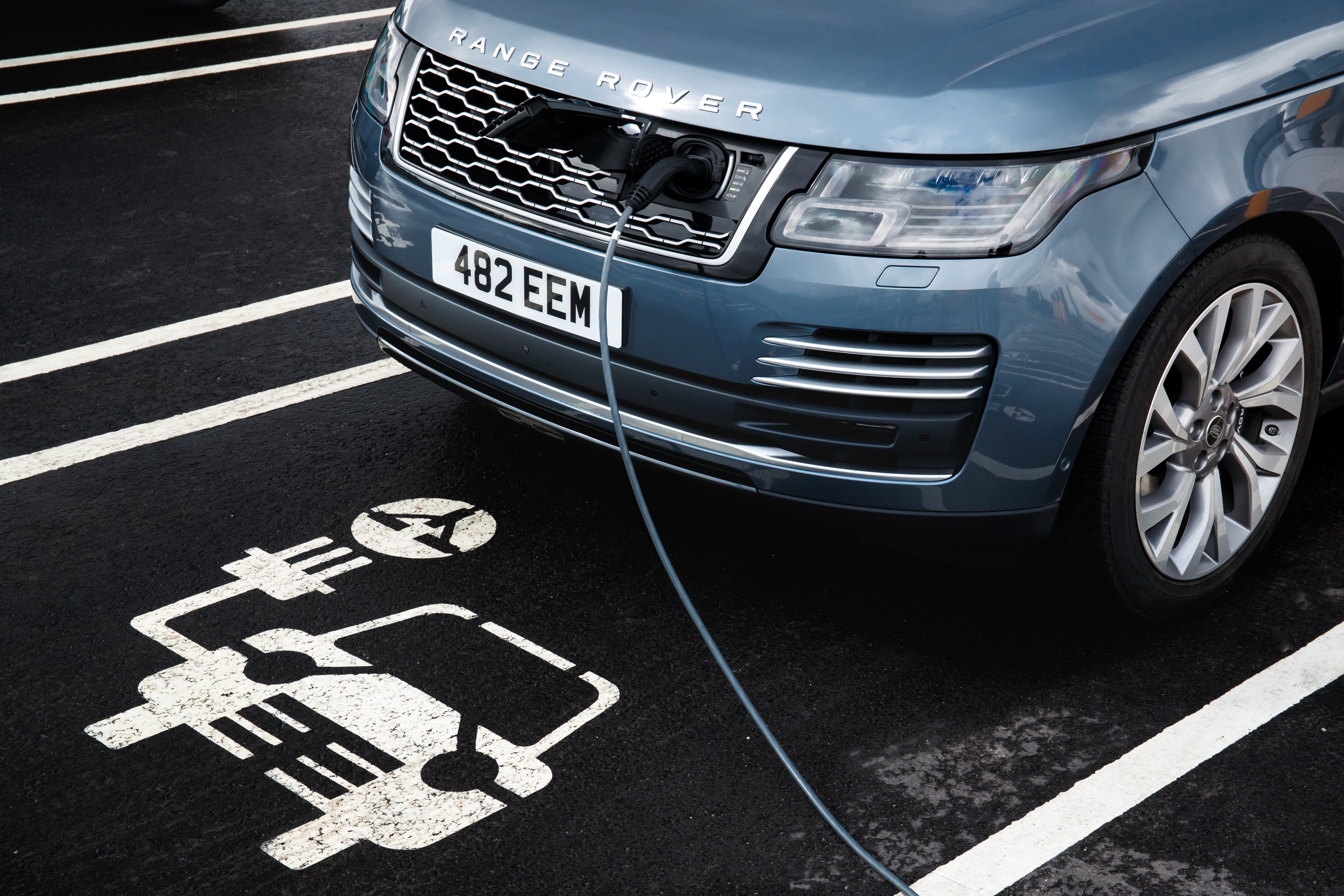
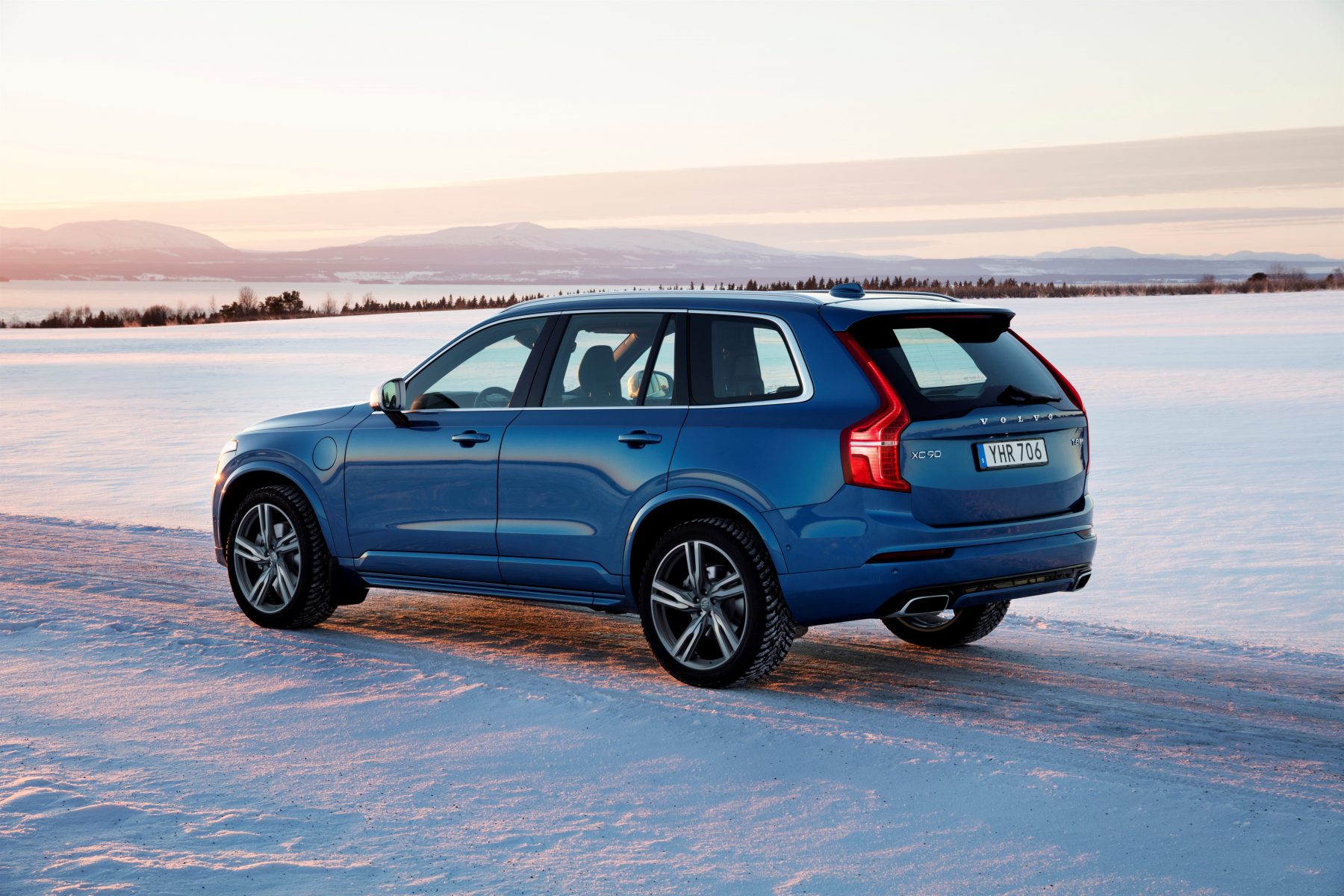 The T8 badge denotes the flagship variant of a Volvo model. In years past, it would also point to a V8 engine under the bonnet, but this is no longer the case.
The T8 badge denotes the flagship variant of a Volvo model. In years past, it would also point to a V8 engine under the bonnet, but this is no longer the case.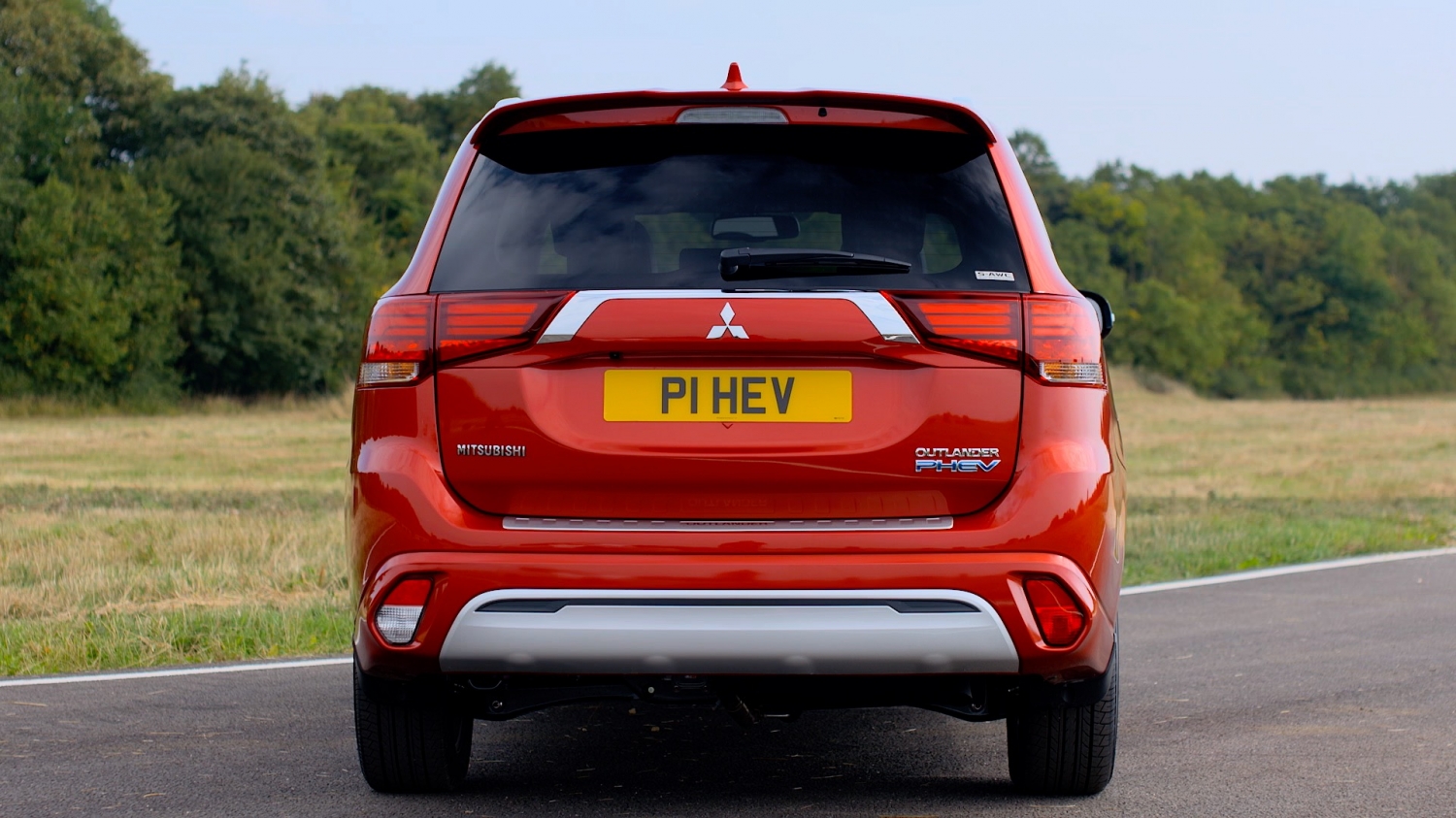 Mitsubishi’s Outlander PHEV has been the most popular hybrid SUV of all over the past few years, and that’s understandable, as it not only looks the part and performs well, but it also represents good value compared with other plug-in hybrids.
Mitsubishi’s Outlander PHEV has been the most popular hybrid SUV of all over the past few years, and that’s understandable, as it not only looks the part and performs well, but it also represents good value compared with other plug-in hybrids.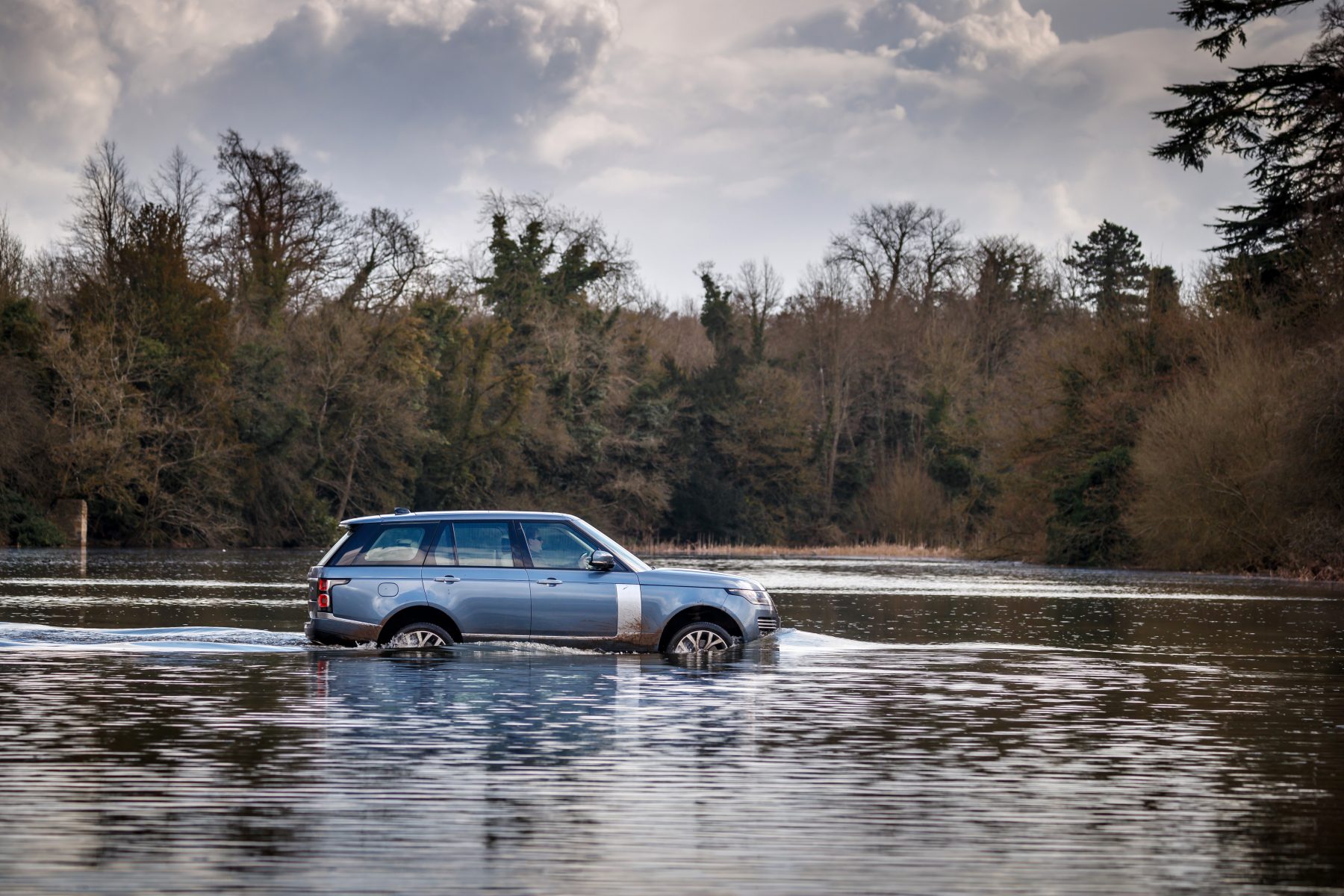 This is one of the more luxurious choices on the list.
This is one of the more luxurious choices on the list.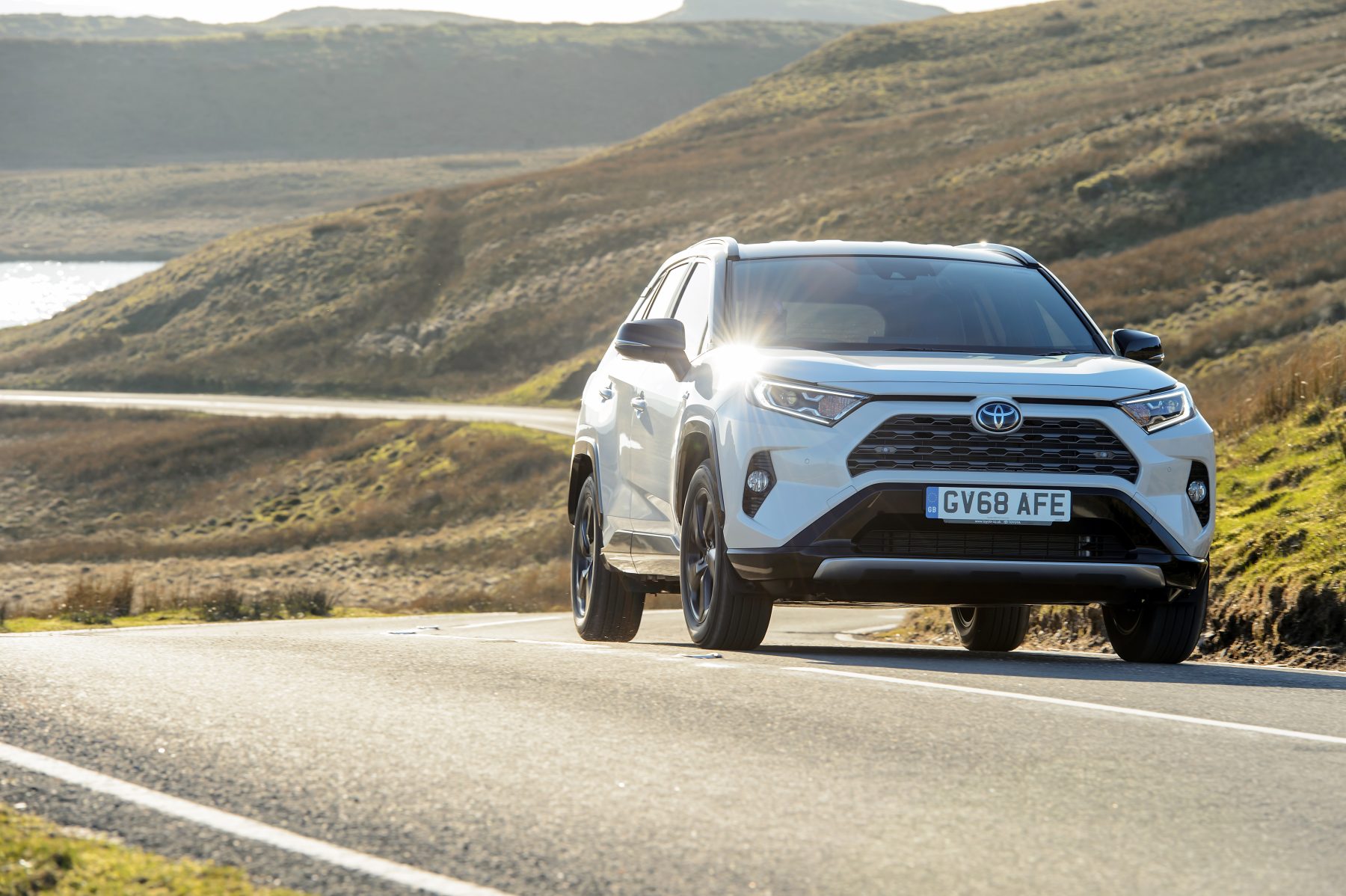 Toyota has long been a pioneer of hybrid cars, courtesy of models such as the Prius. As such, it’s little surprise that it is among the first to convert one of its mainstream models into a pure hybrid.
Toyota has long been a pioneer of hybrid cars, courtesy of models such as the Prius. As such, it’s little surprise that it is among the first to convert one of its mainstream models into a pure hybrid.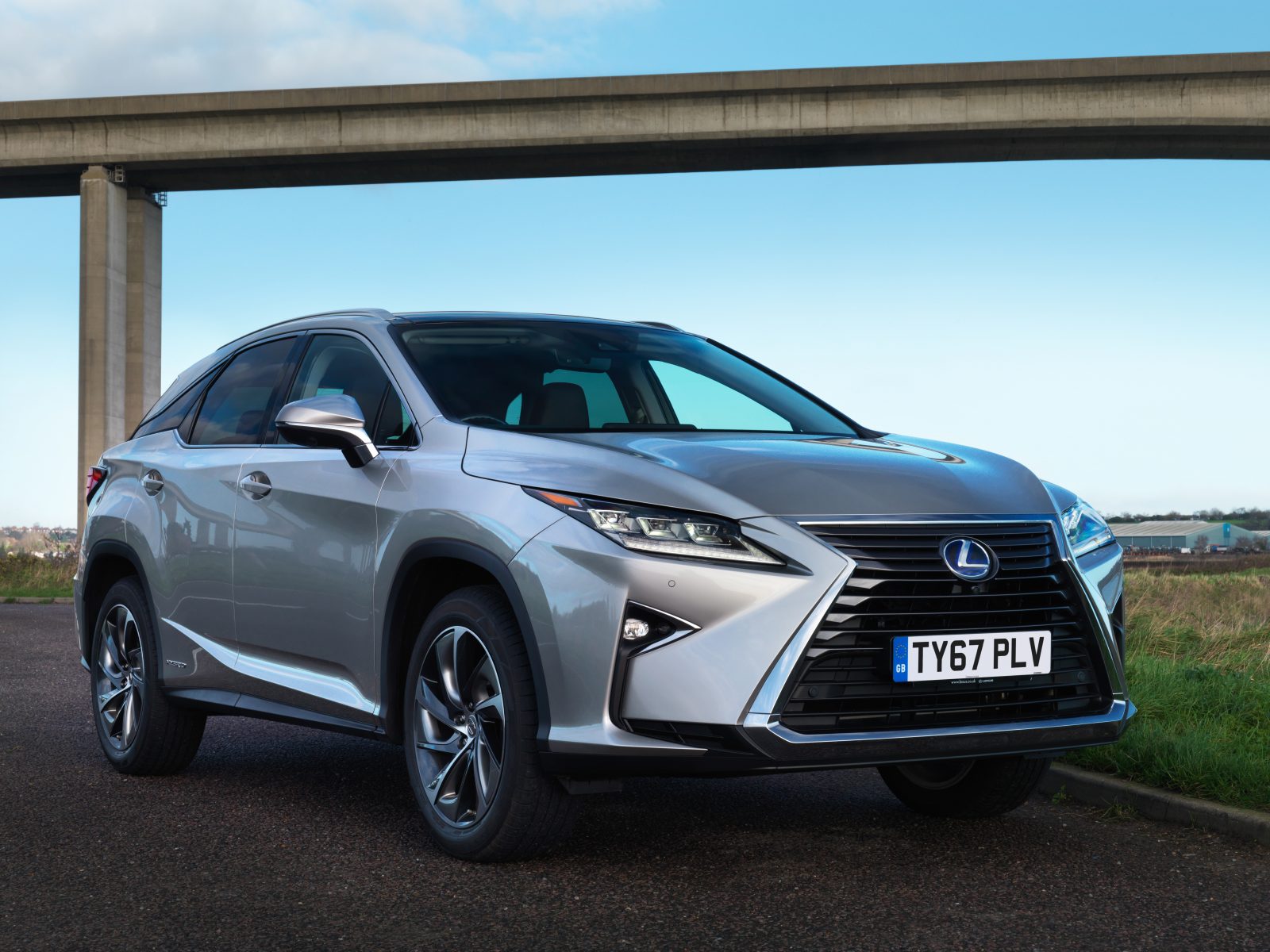 With claimed fuel economy of just 37.1mpg, the RX 450h is fairly thirsty compared to some on this list, though this claimed figure is arguably one of the more realistic you will find on the market.
With claimed fuel economy of just 37.1mpg, the RX 450h is fairly thirsty compared to some on this list, though this claimed figure is arguably one of the more realistic you will find on the market.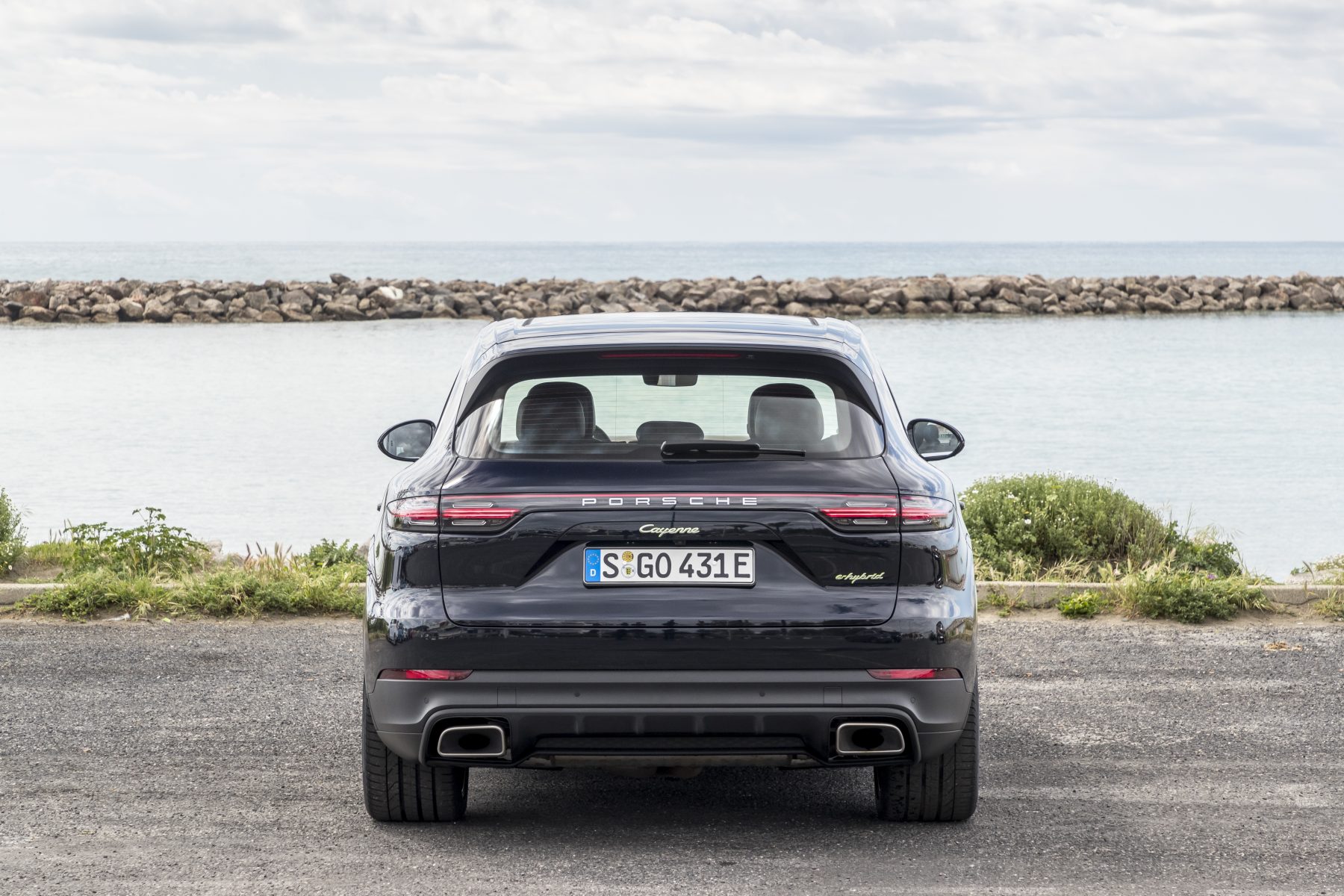 Perhaps the most dynamic SUV on the market, from a brand that has long been pushing the electric agenda; it’s fair to say that the hybrid Cayenne was anything but a surprise.
Perhaps the most dynamic SUV on the market, from a brand that has long been pushing the electric agenda; it’s fair to say that the hybrid Cayenne was anything but a surprise.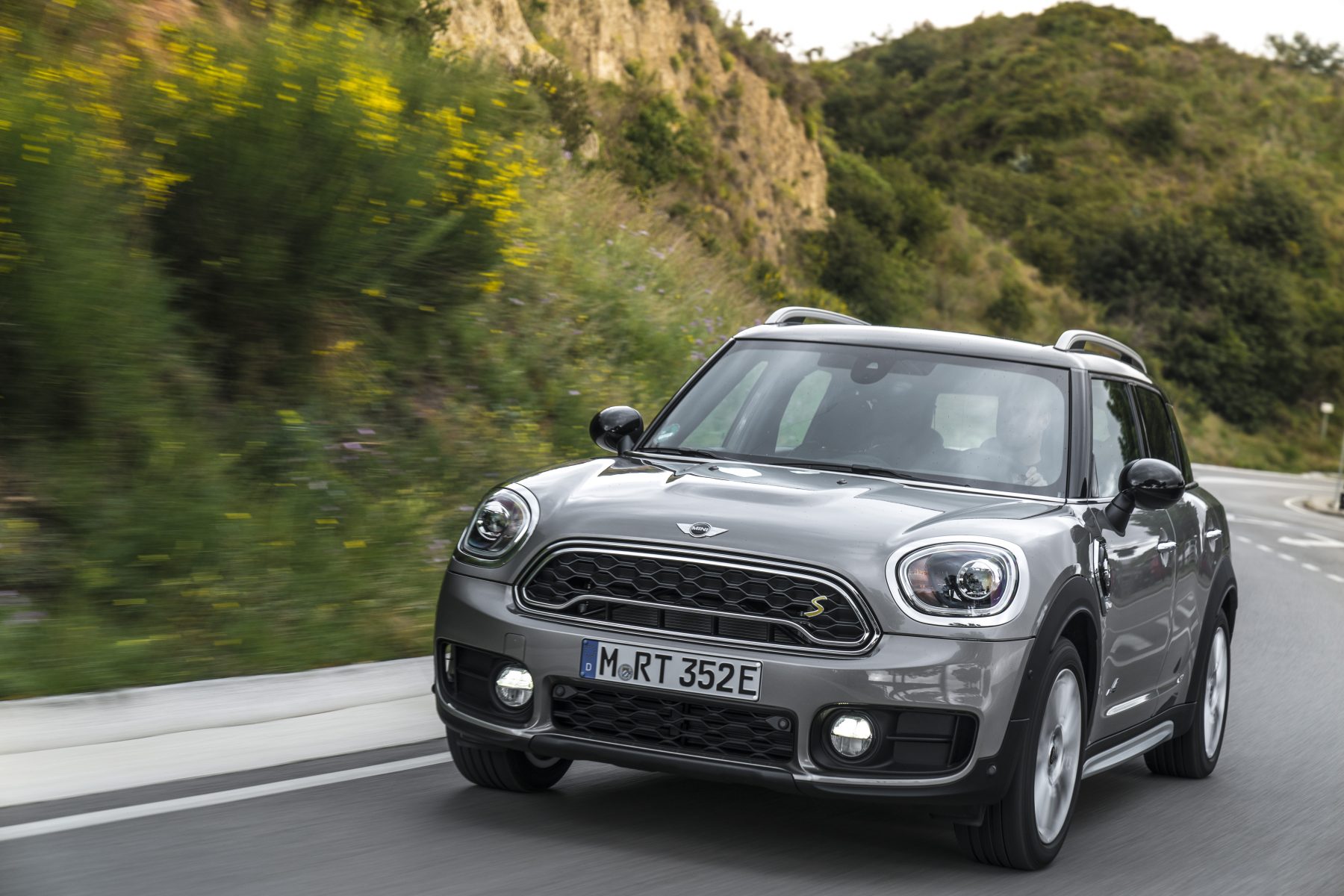 Even the more compact end of the SUV scale is becoming more and more hybrid friendly.
Even the more compact end of the SUV scale is becoming more and more hybrid friendly.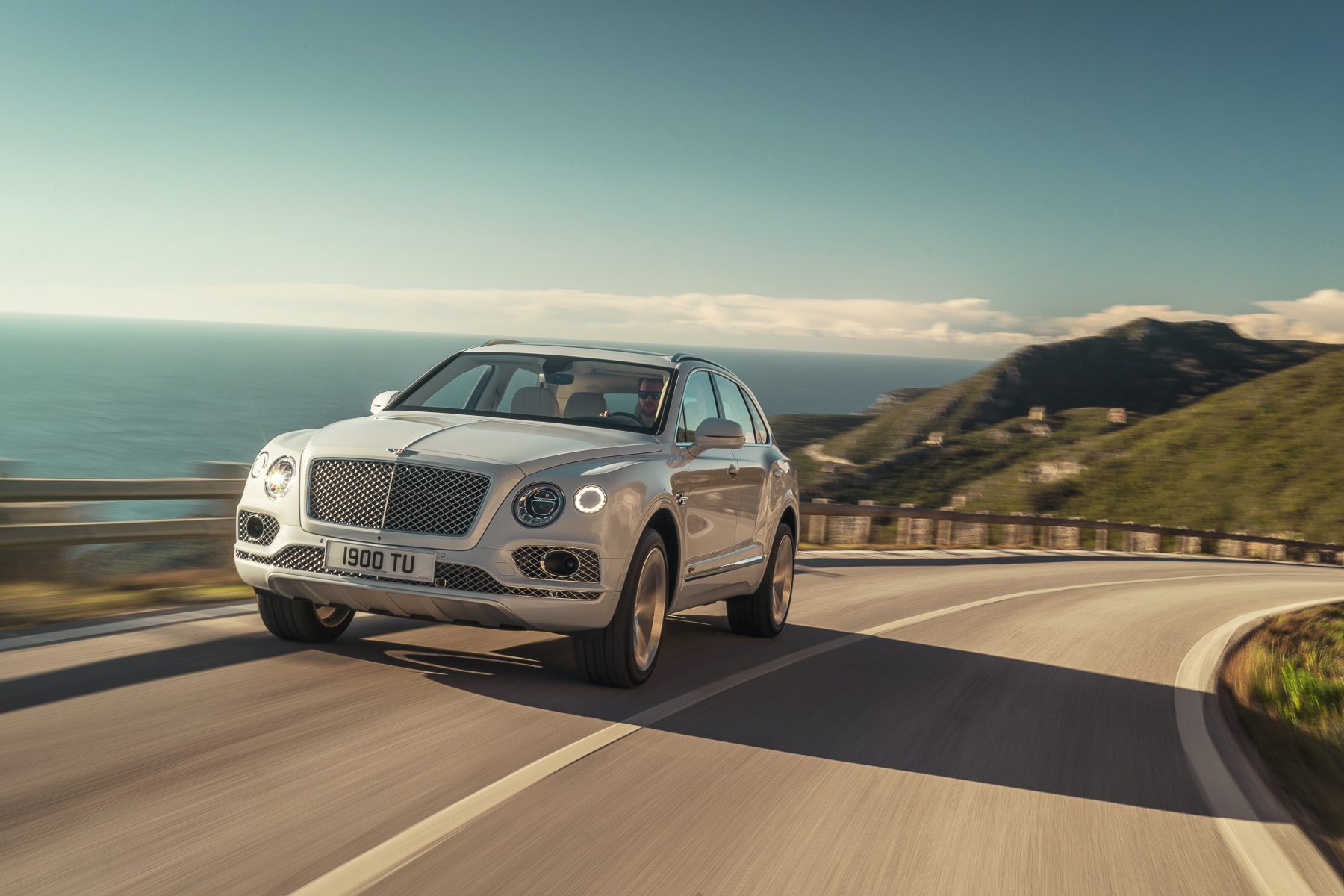 When it comes to luxury, few can beat Bentley, and it’s clear that the British marque is going to be gunning for the Range Rover PHEV’s ‘most luxurious hybrid SUV’ crown with this car.
When it comes to luxury, few can beat Bentley, and it’s clear that the British marque is going to be gunning for the Range Rover PHEV’s ‘most luxurious hybrid SUV’ crown with this car.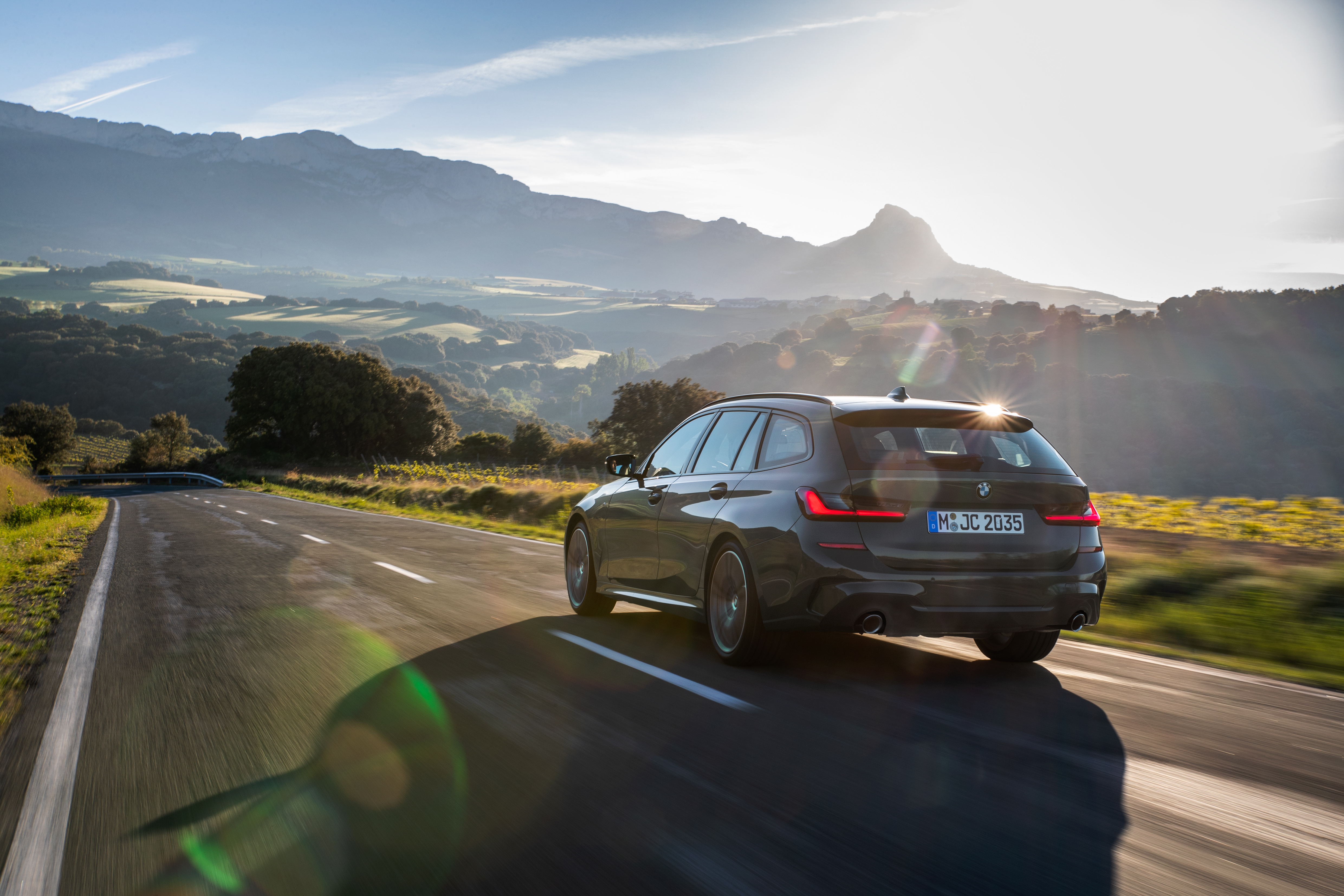
 BMW bosses had not planned to offer an estate version of the second-generation 3 Series because no rival models did, and none offered enough practicality for the 3 Series to be left behind. However, a prototype engineer called Max Reisböck was getting frustrated at the lack of space in the saloon for his family.
BMW bosses had not planned to offer an estate version of the second-generation 3 Series because no rival models did, and none offered enough practicality for the 3 Series to be left behind. However, a prototype engineer called Max Reisböck was getting frustrated at the lack of space in the saloon for his family. Following the warm reception of the previous generation, BMW knew it was on to a winner with the 3 Series estate. The E30 might not have been a huge sales success, but it showed there was appetite for the body shape, and it was simply ahead of its time.
Following the warm reception of the previous generation, BMW knew it was on to a winner with the 3 Series estate. The E30 might not have been a huge sales success, but it showed there was appetite for the body shape, and it was simply ahead of its time.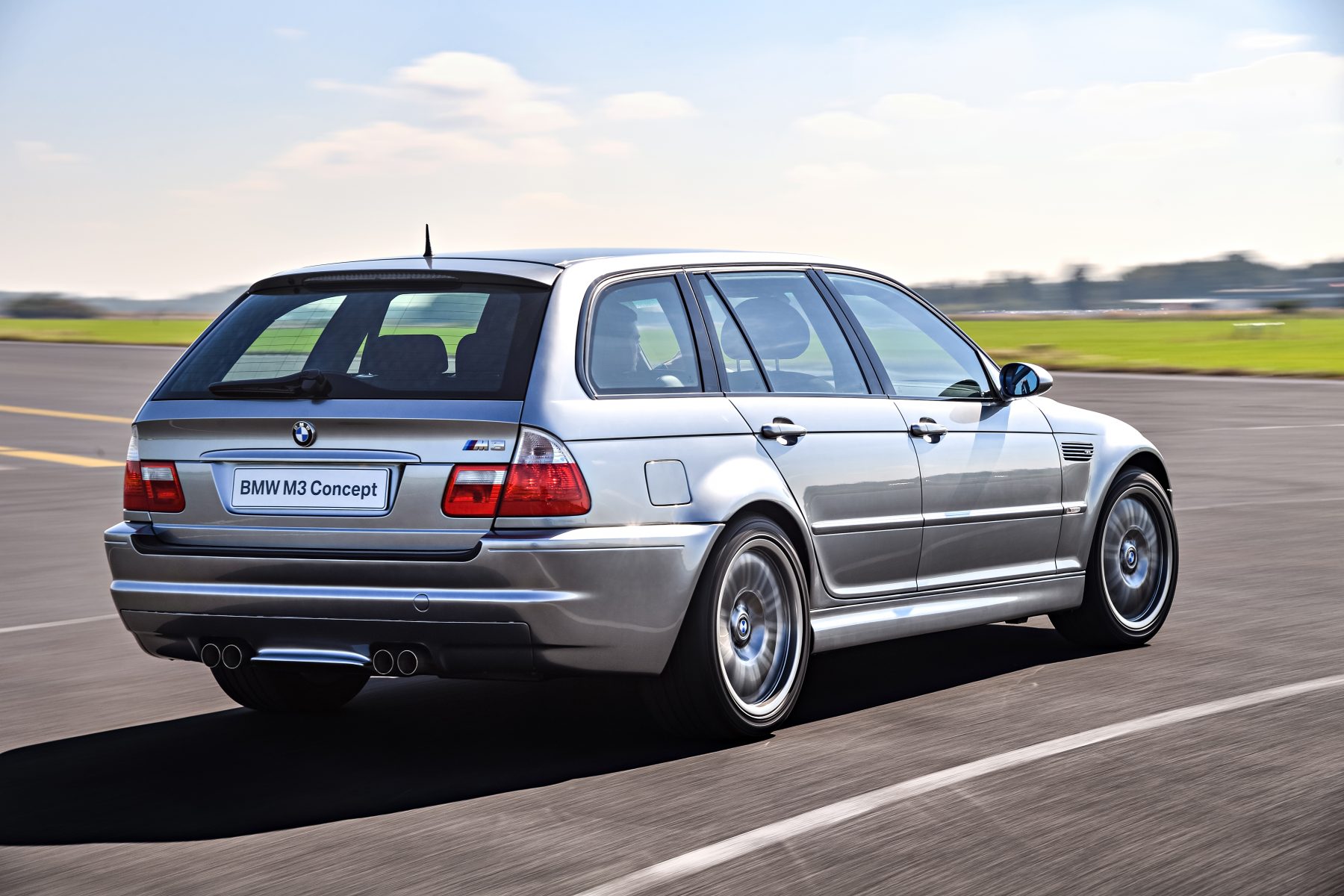 Arguably the prettiest generation of 3 Series, the Touring was a given now that it had established itself as a market leader. Now well-established, BMW considered creating a high-performance version.
Arguably the prettiest generation of 3 Series, the Touring was a given now that it had established itself as a market leader. Now well-established, BMW considered creating a high-performance version.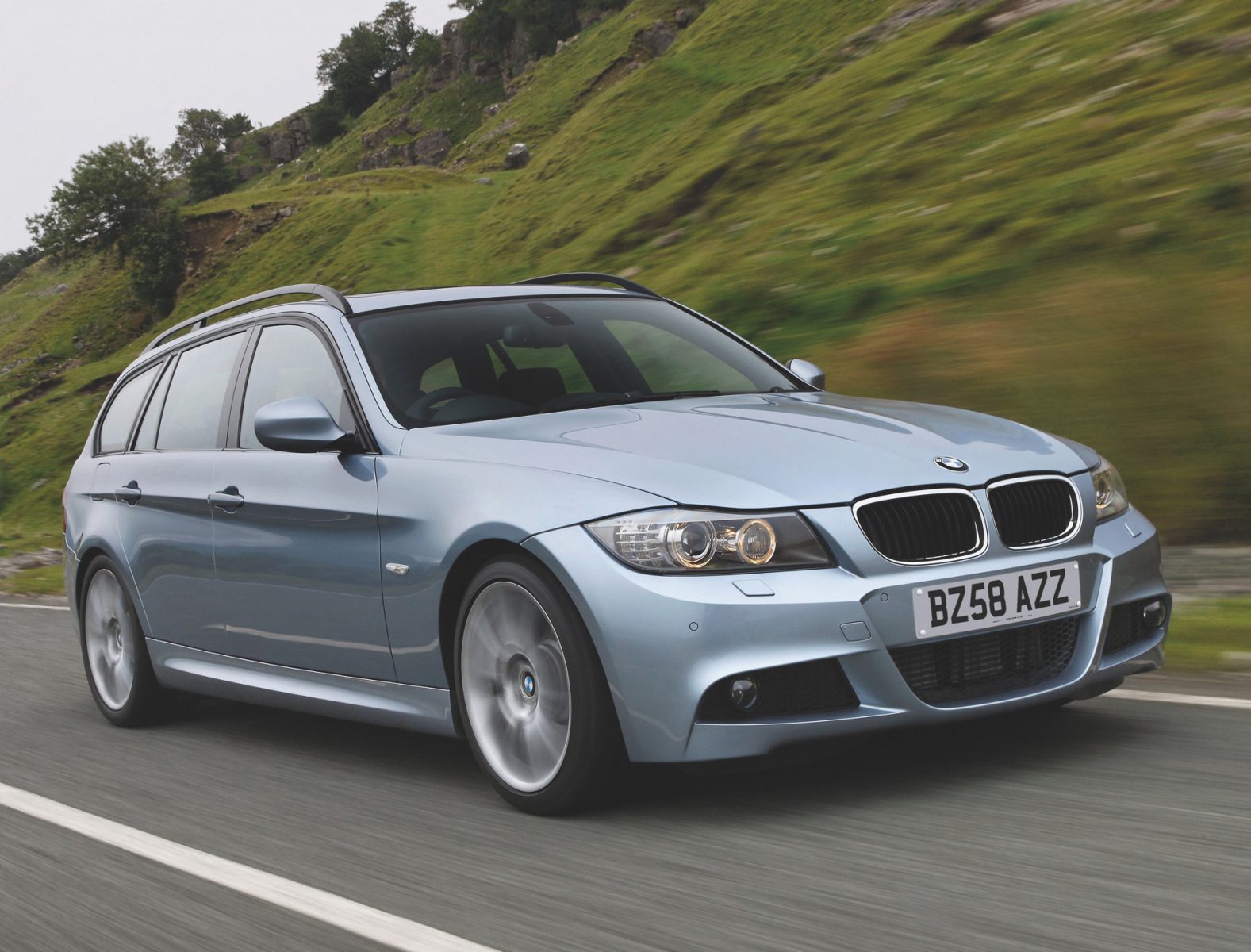 Based on the E90 saloon that debuted in 2005, the E91 was not the biggest or most practical estate at its price point. However, it still earned admiration and drew customers, thanks in part to BMW’s class-leading chassis dynamics, and the prestige of the badge.
Based on the E90 saloon that debuted in 2005, the E91 was not the biggest or most practical estate at its price point. However, it still earned admiration and drew customers, thanks in part to BMW’s class-leading chassis dynamics, and the prestige of the badge. 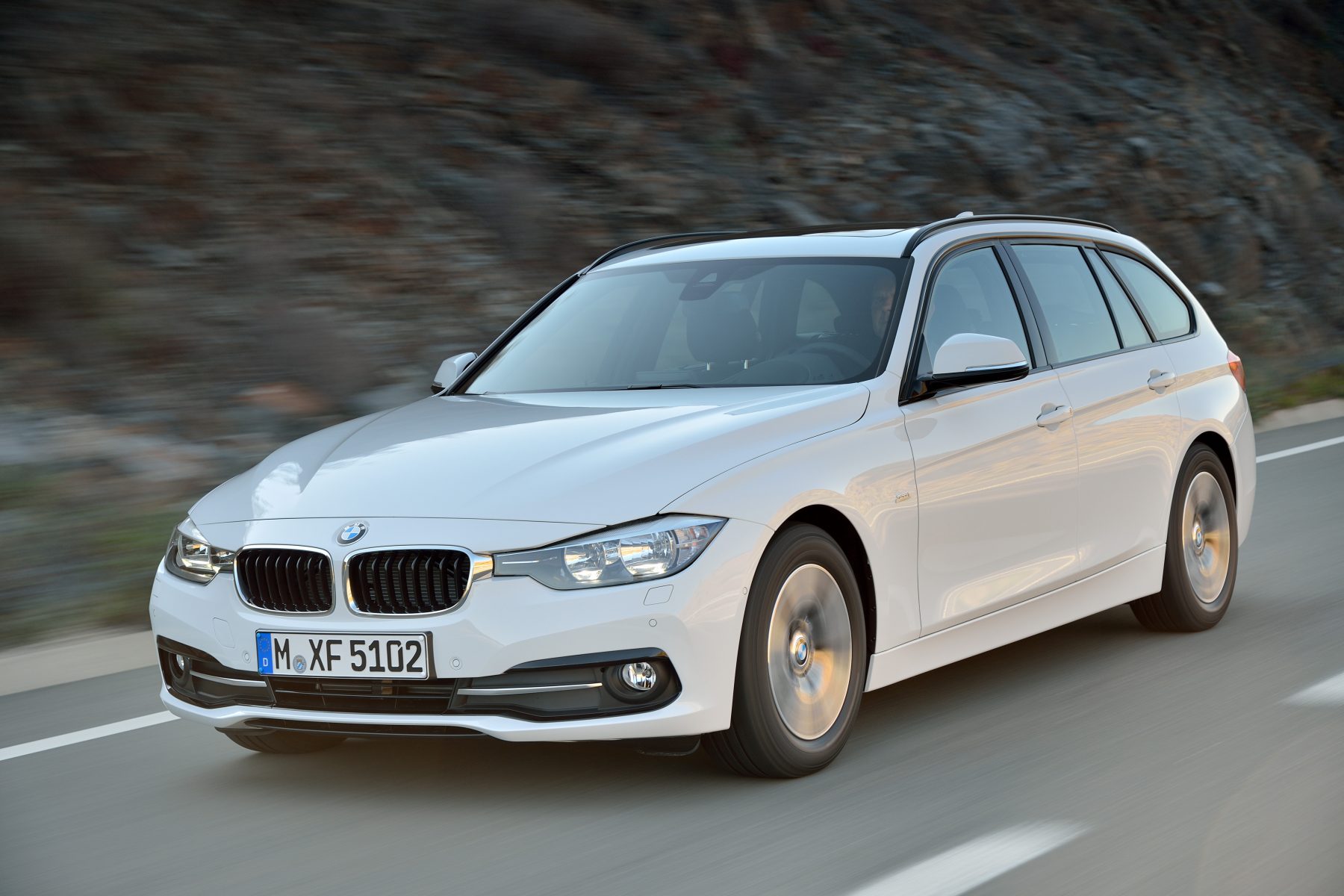 By time the F31 generation Touring came into being, it wasn’t lacking competition from within its own model range.
By time the F31 generation Touring came into being, it wasn’t lacking competition from within its own model range. 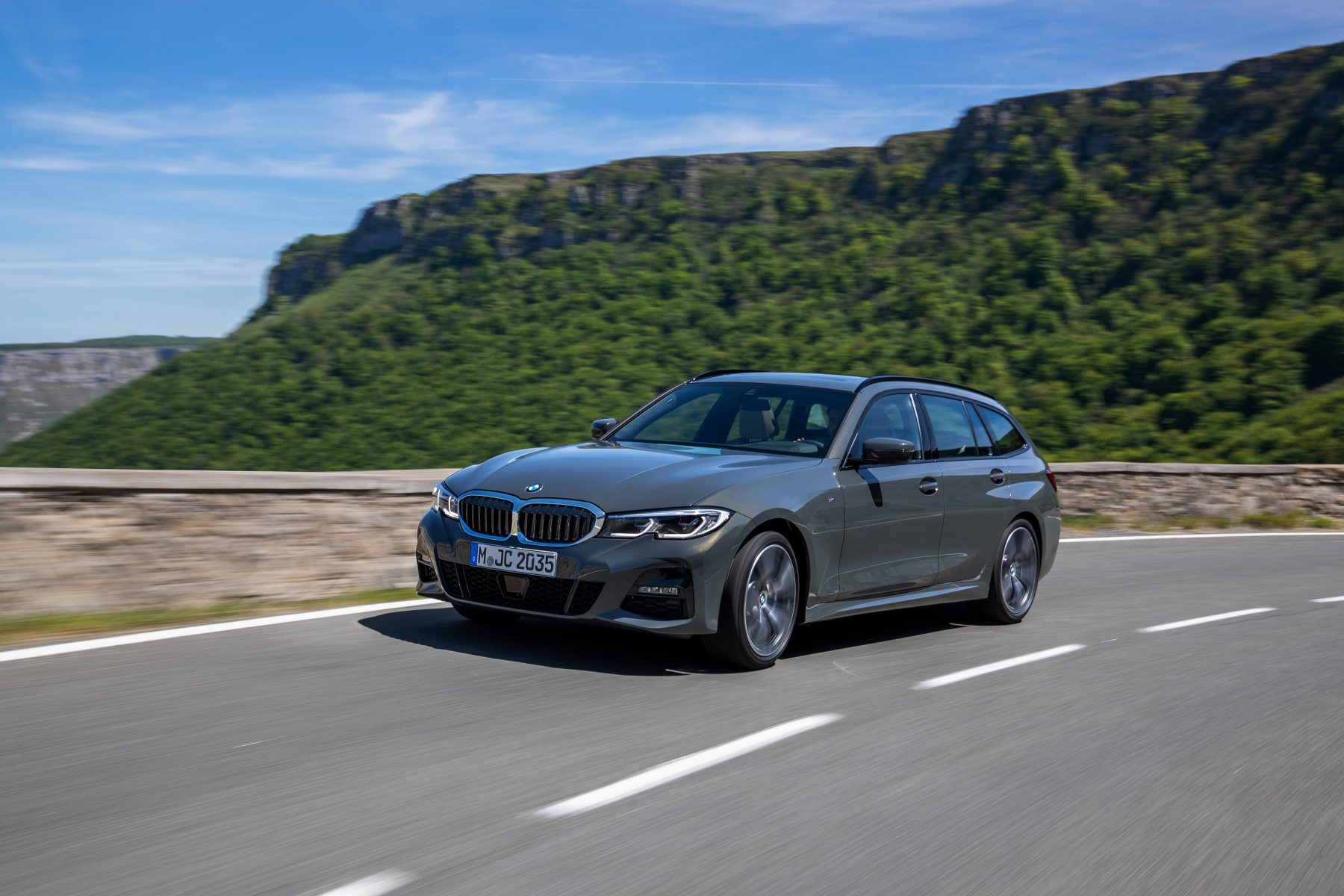 The newly-revealed estate version of the current 3 Series is unlikely to provide many surprises. It will drive superbly and be a little down on space relative to some rivals, while still managing to be one of the best estate options out there courtesy of its other abilities.
The newly-revealed estate version of the current 3 Series is unlikely to provide many surprises. It will drive superbly and be a little down on space relative to some rivals, while still managing to be one of the best estate options out there courtesy of its other abilities.